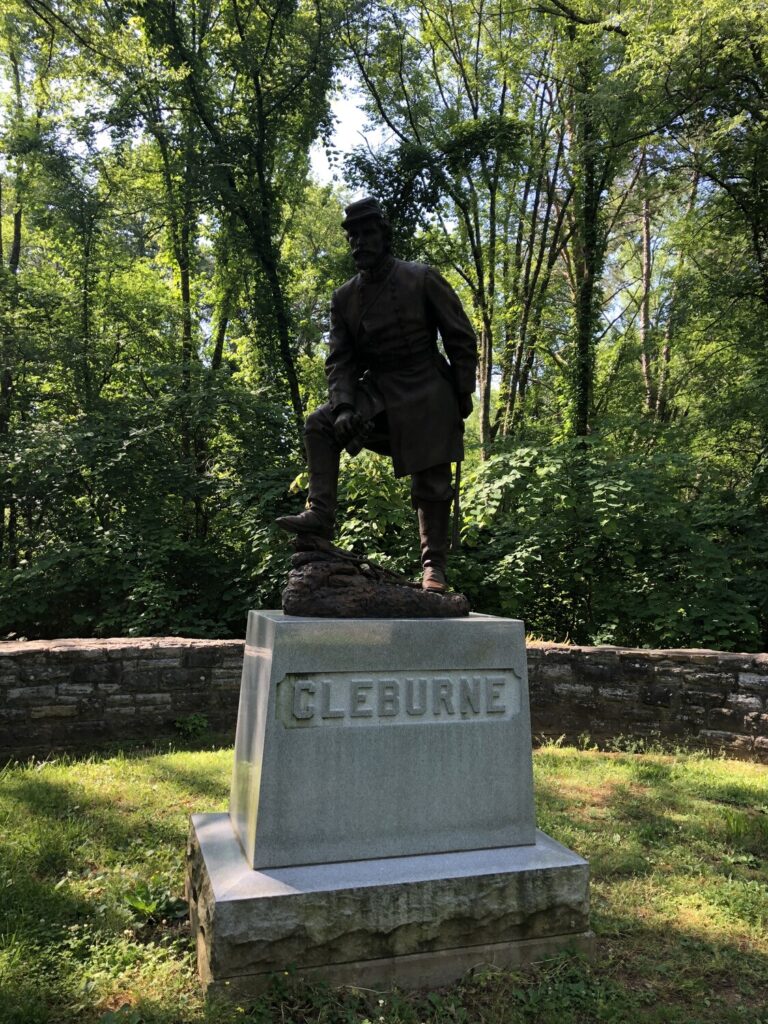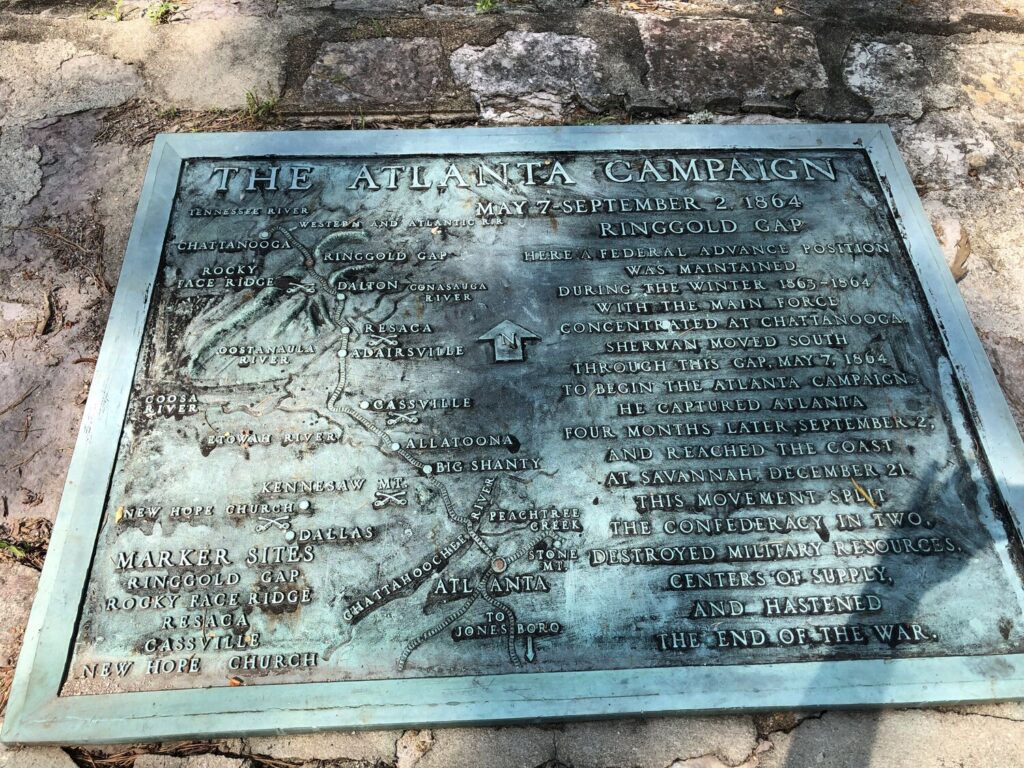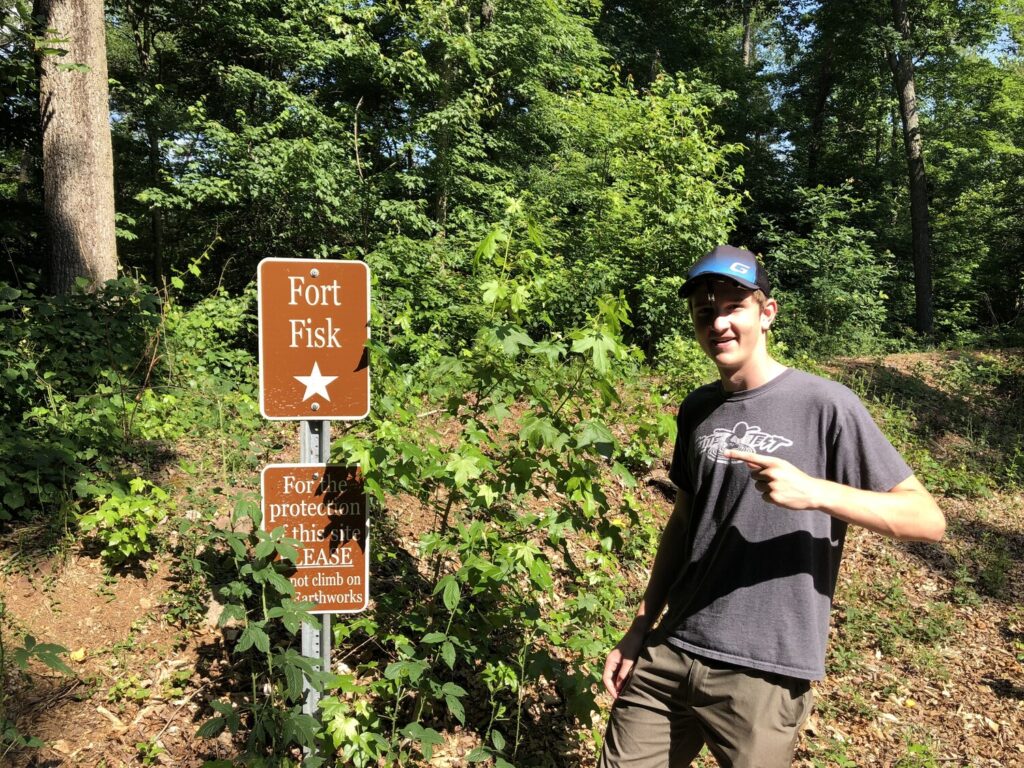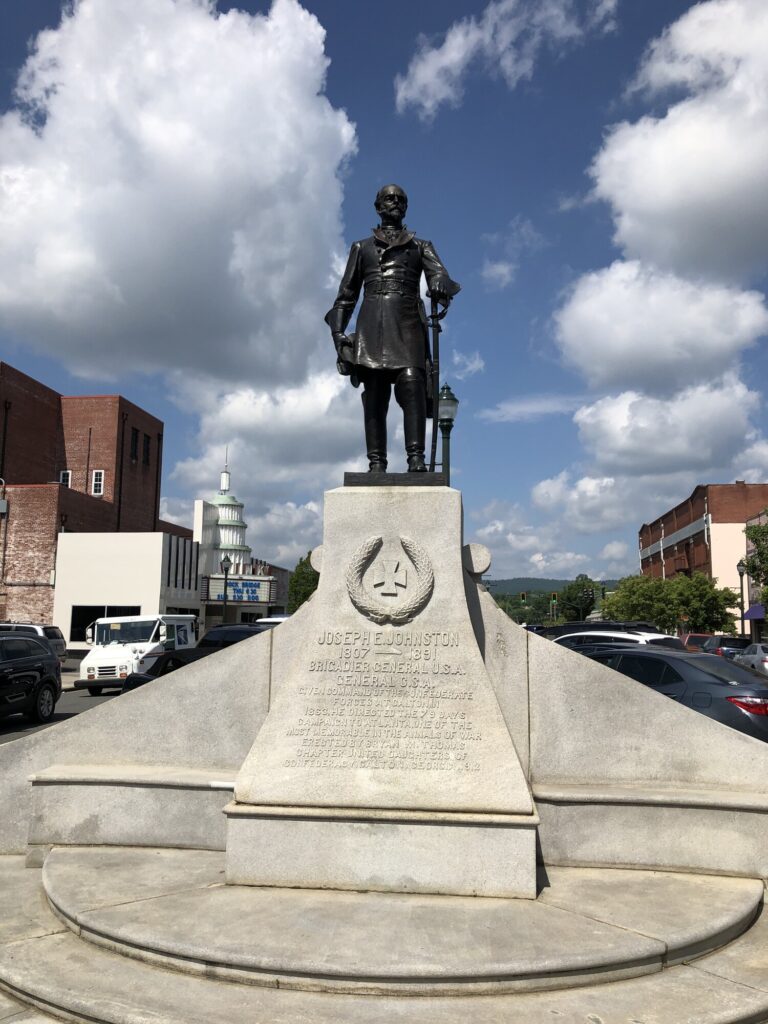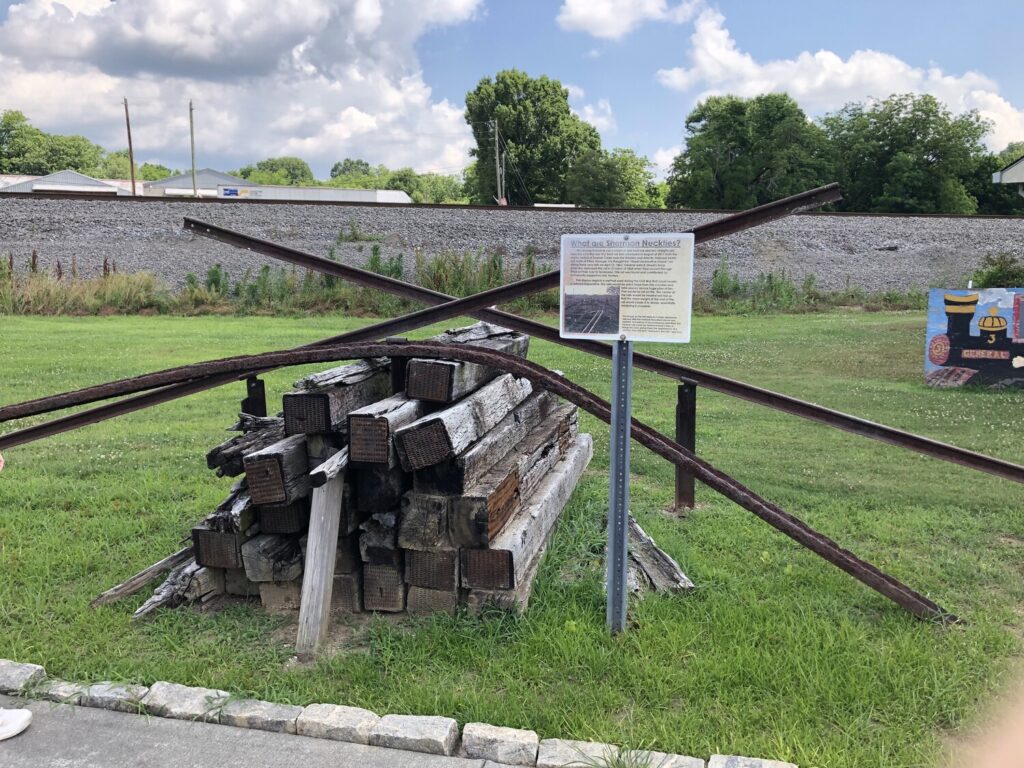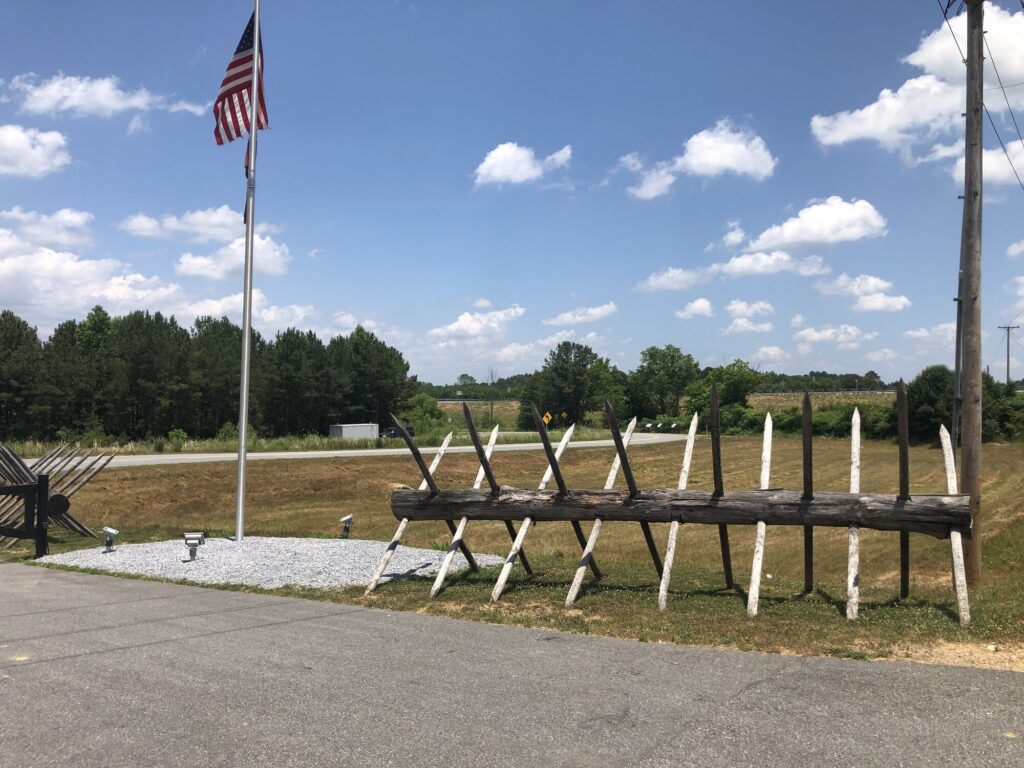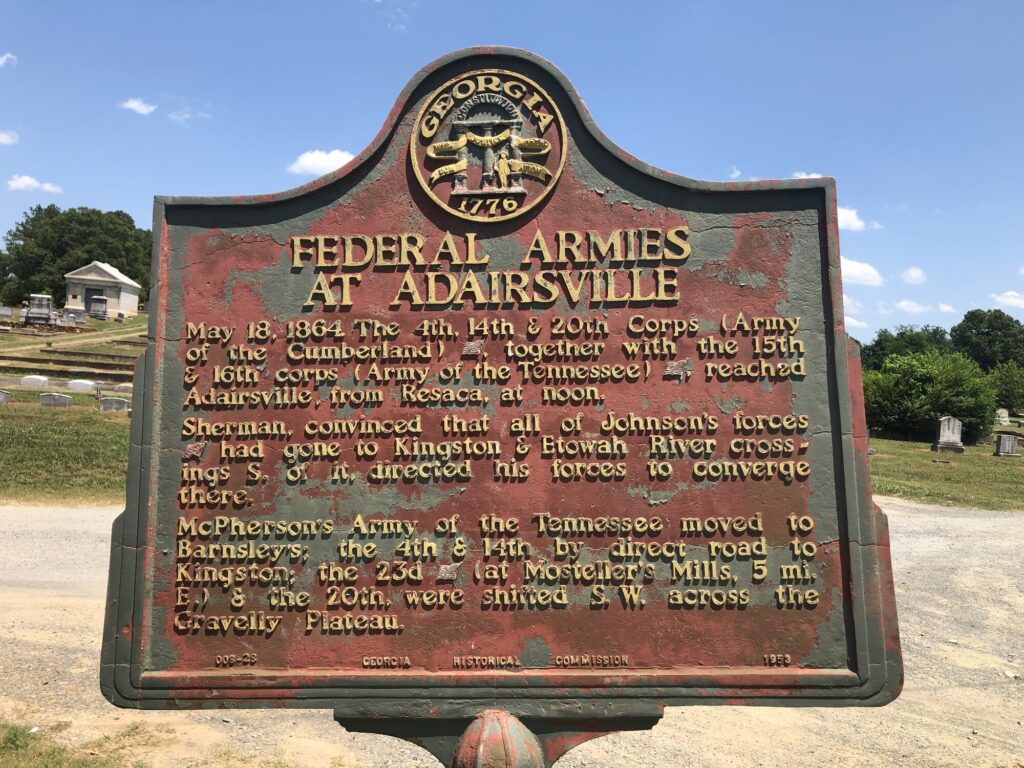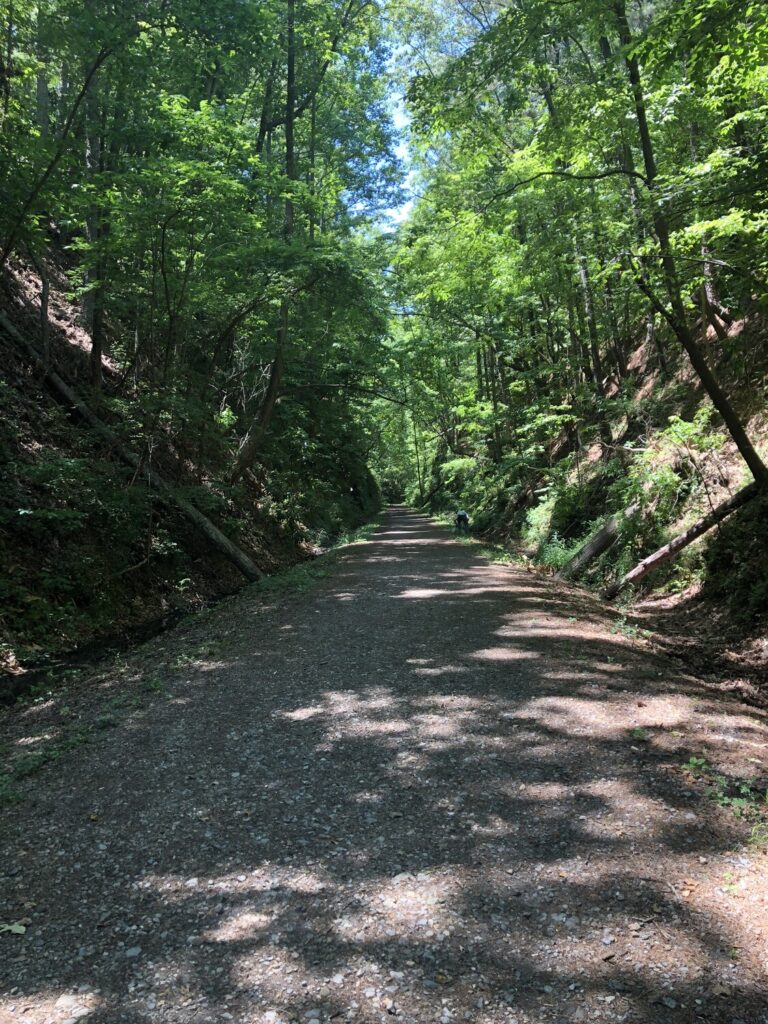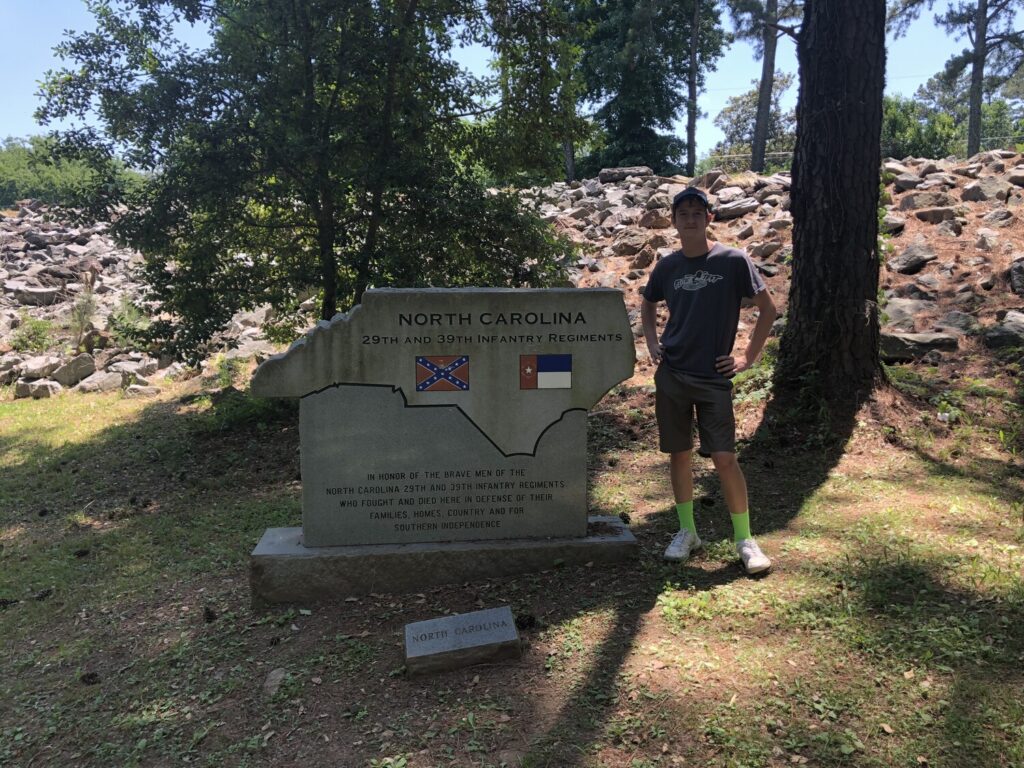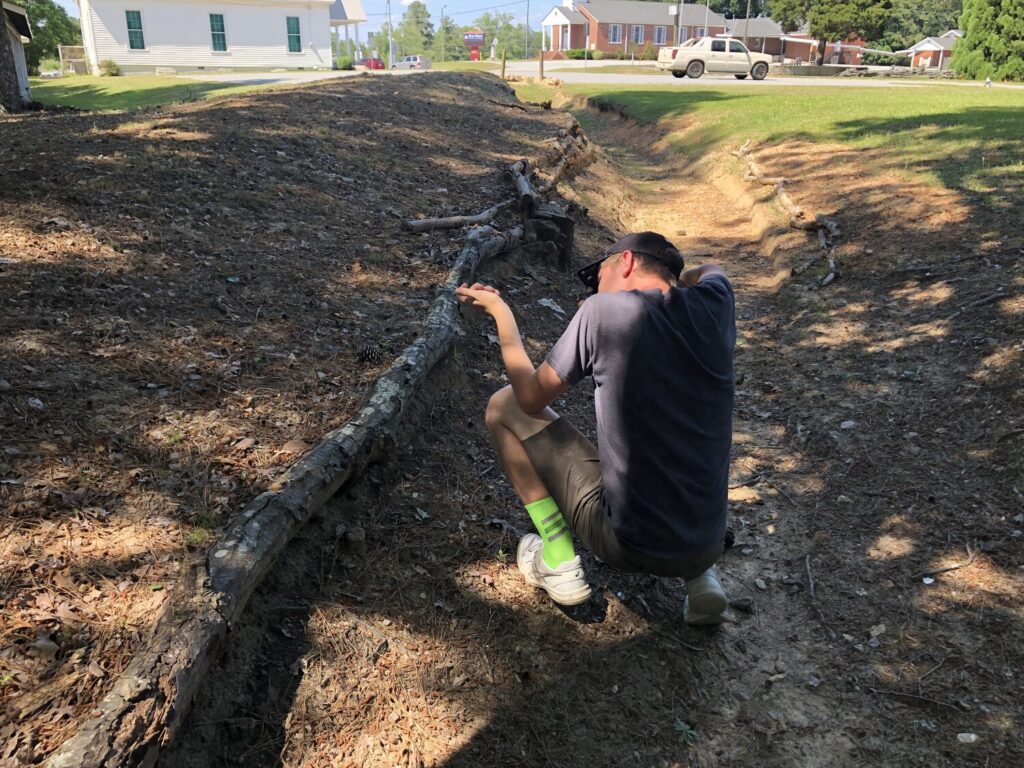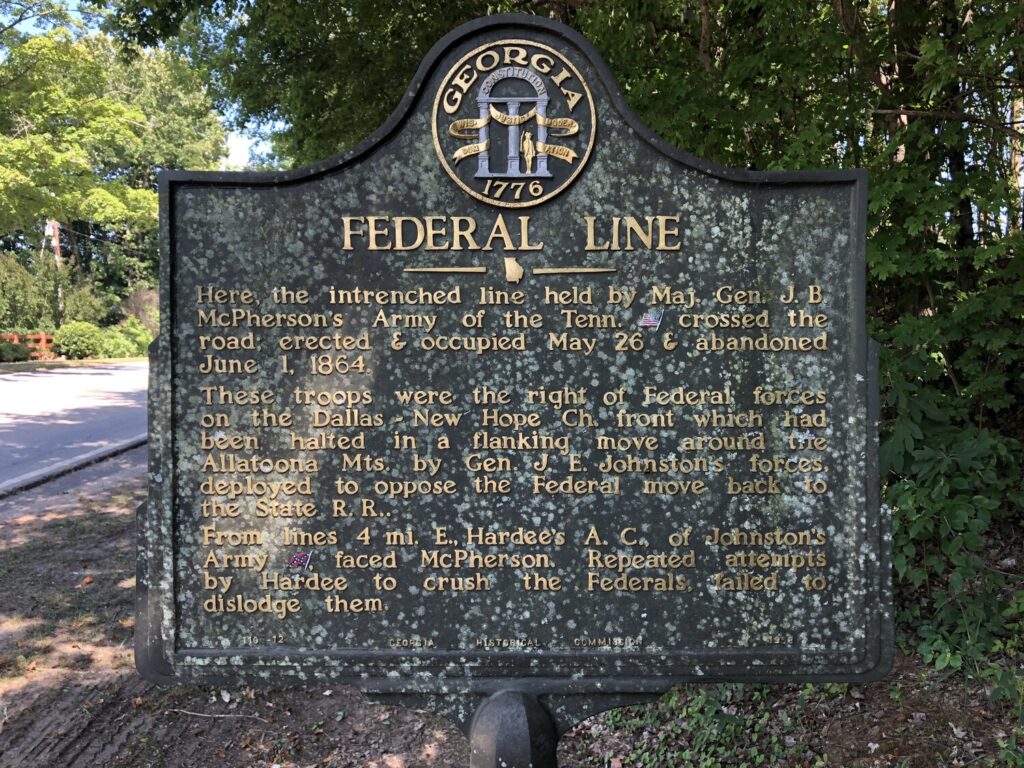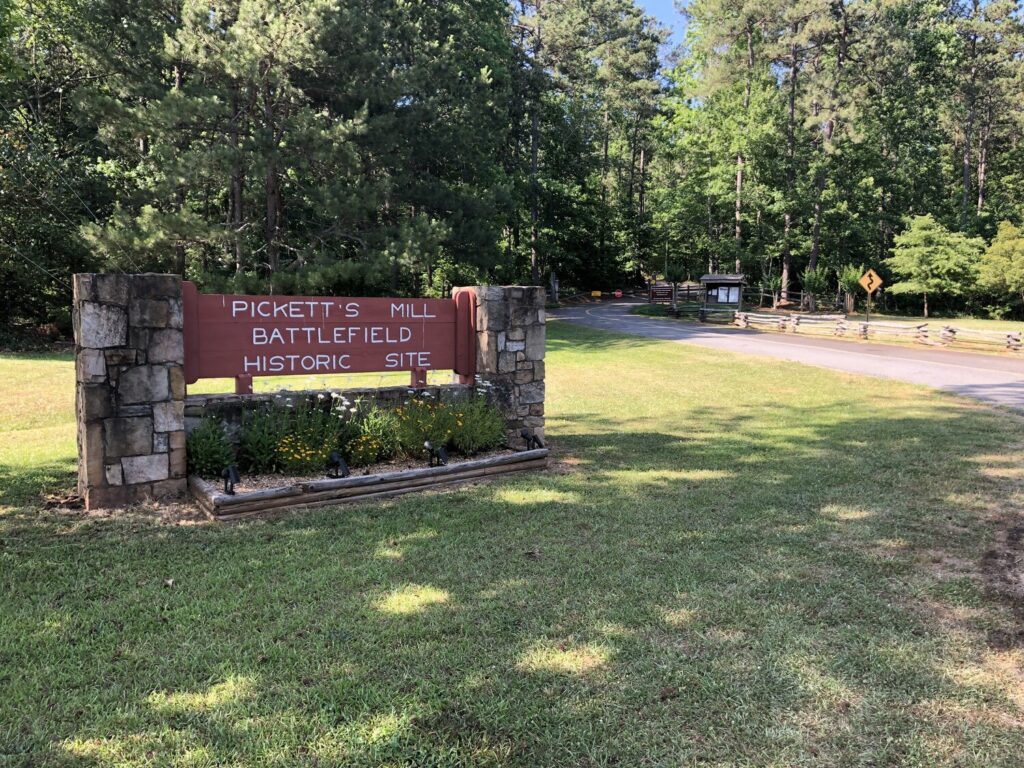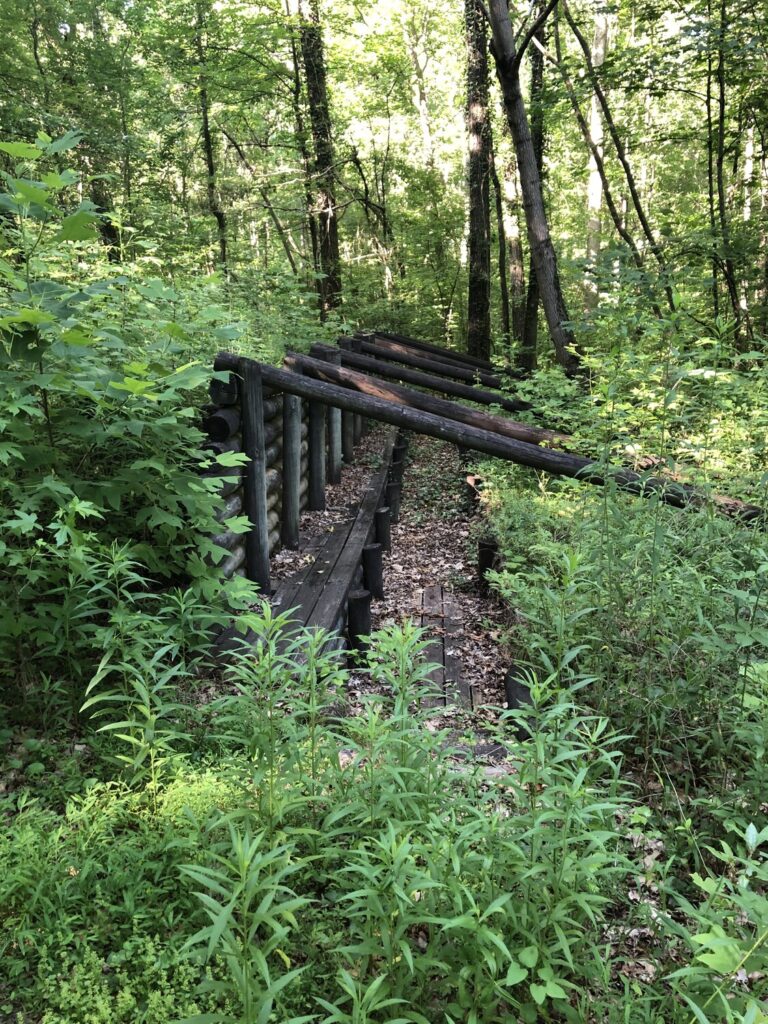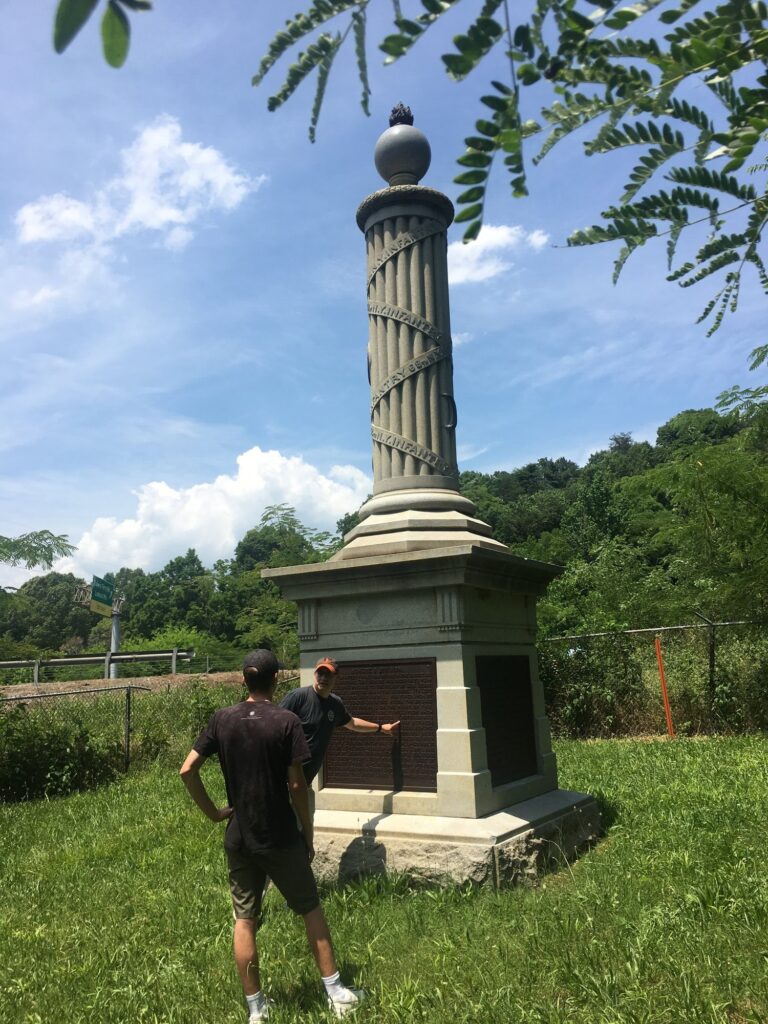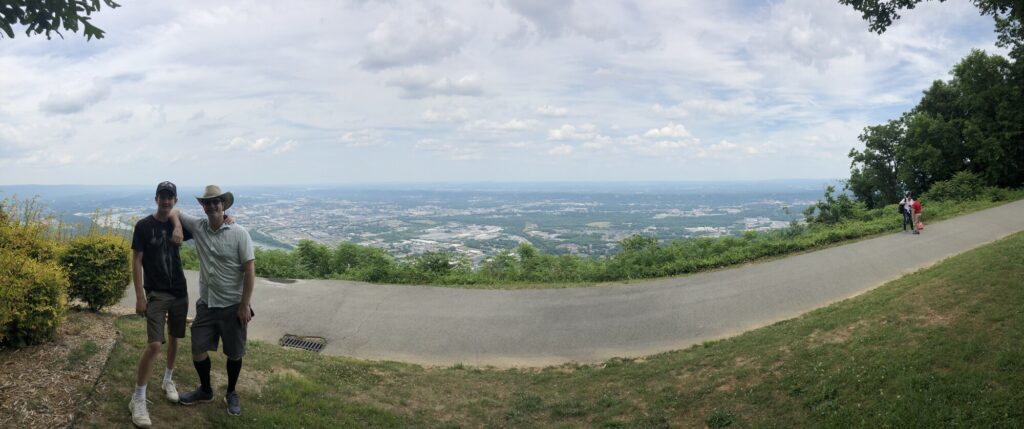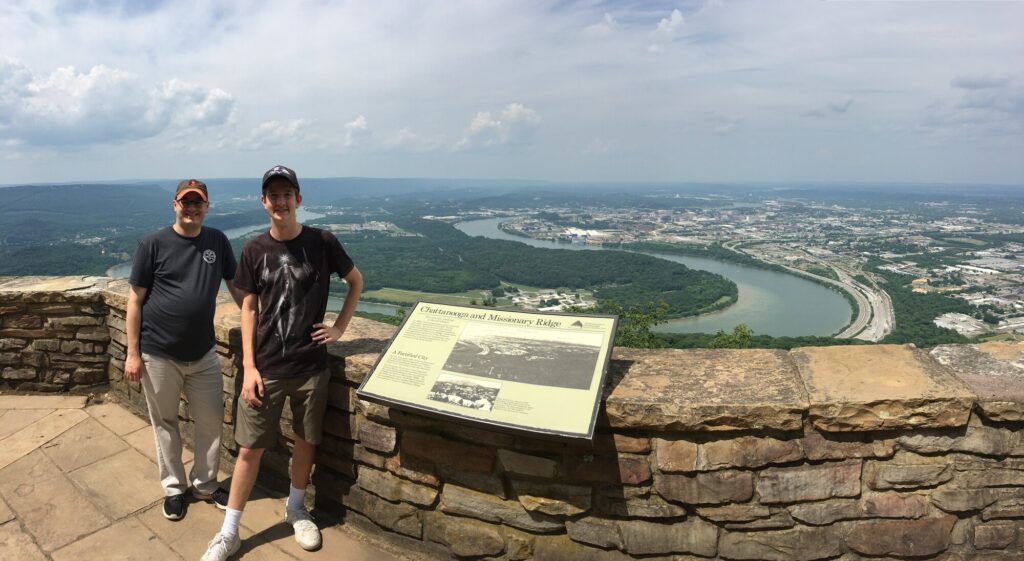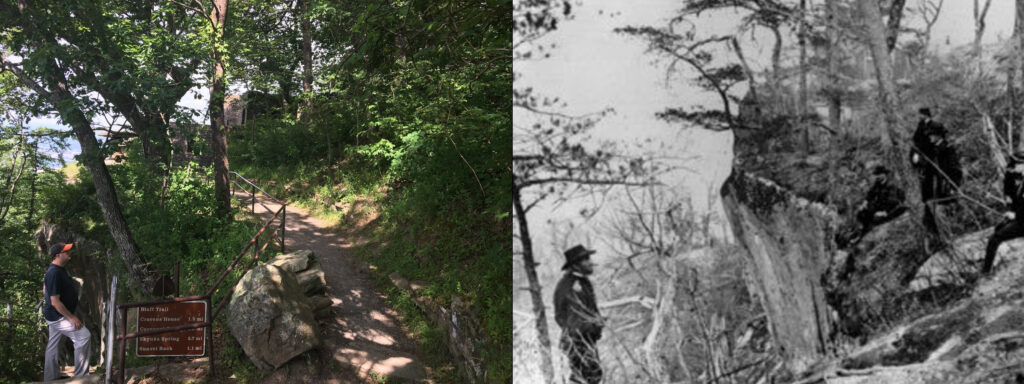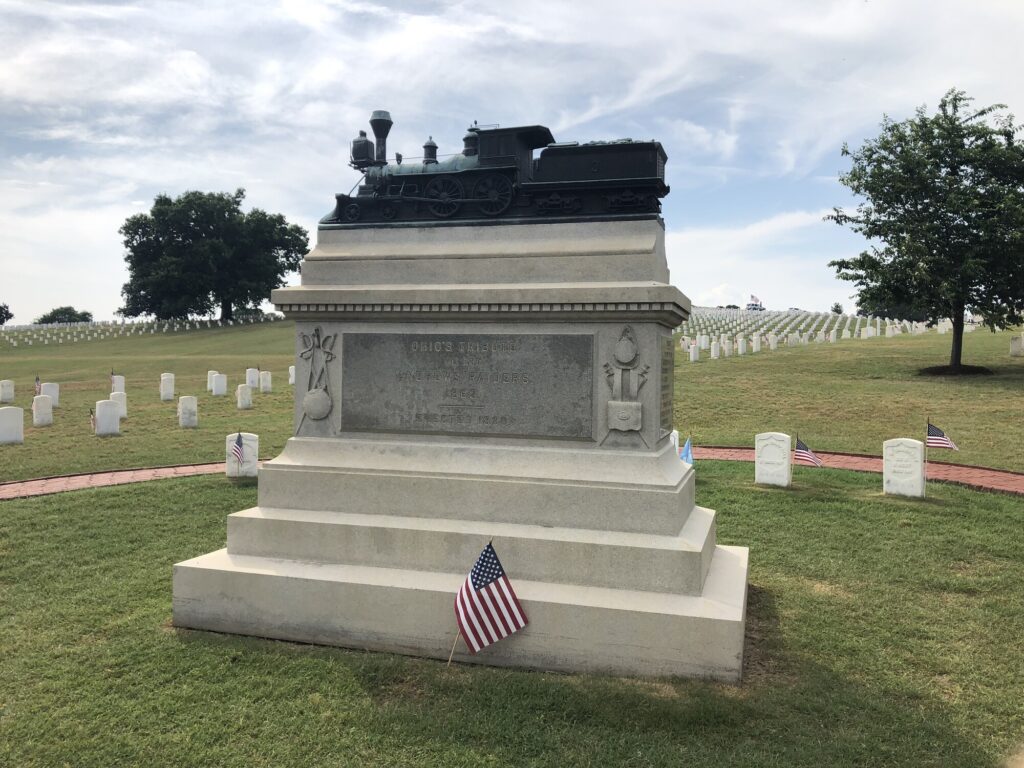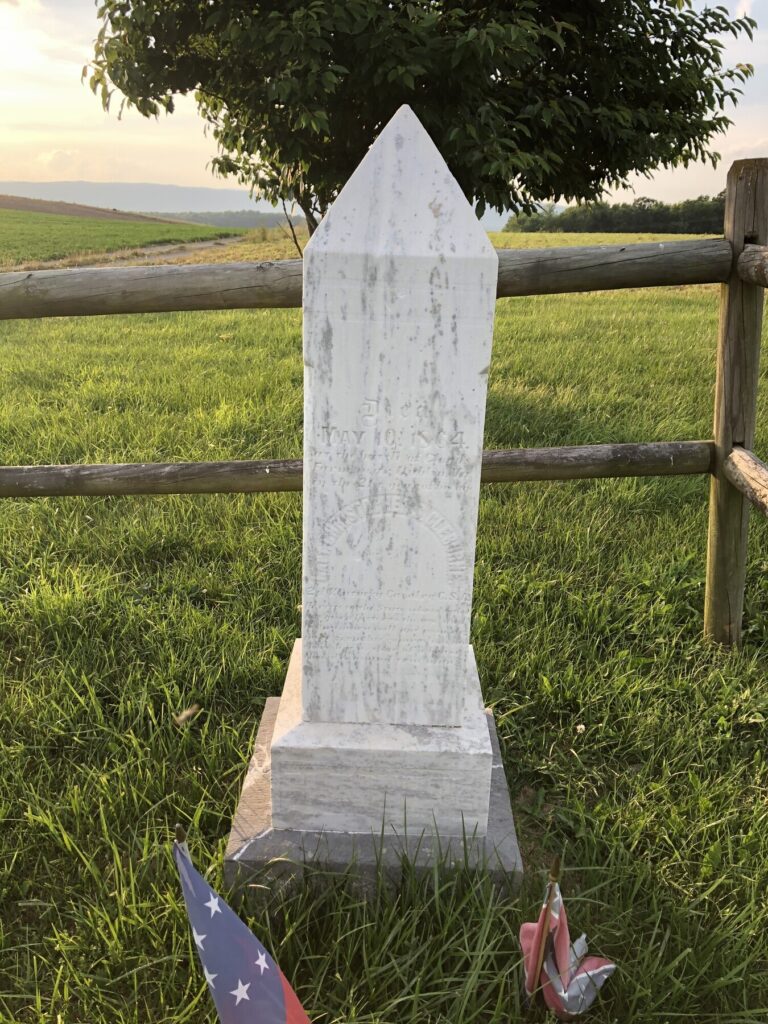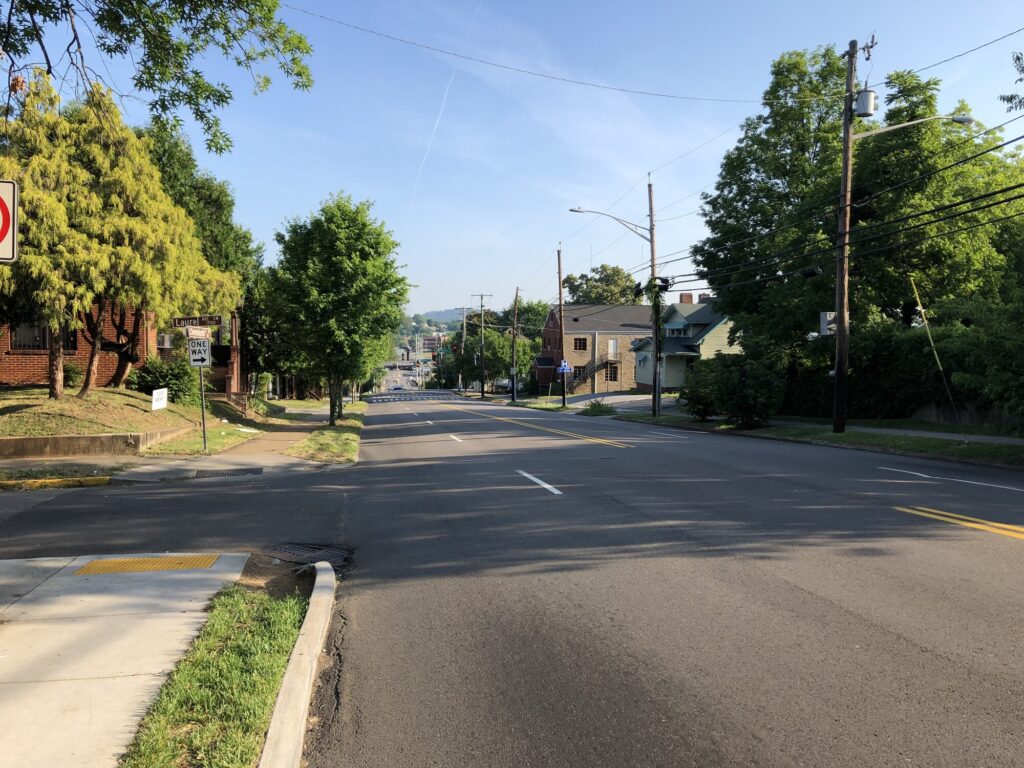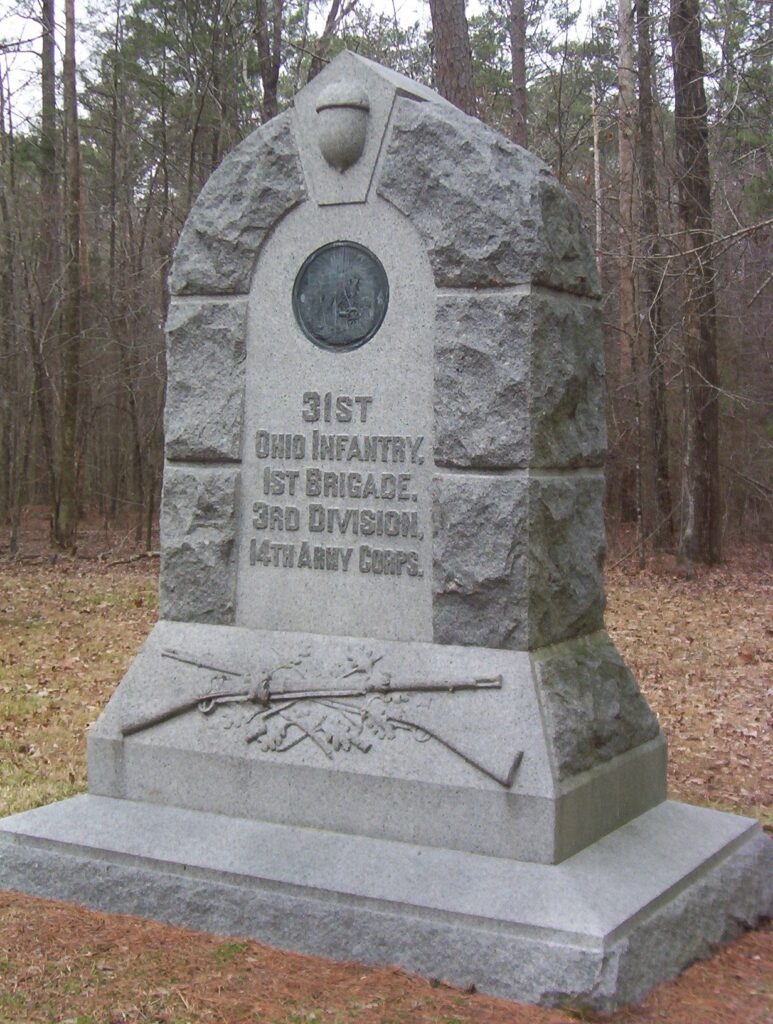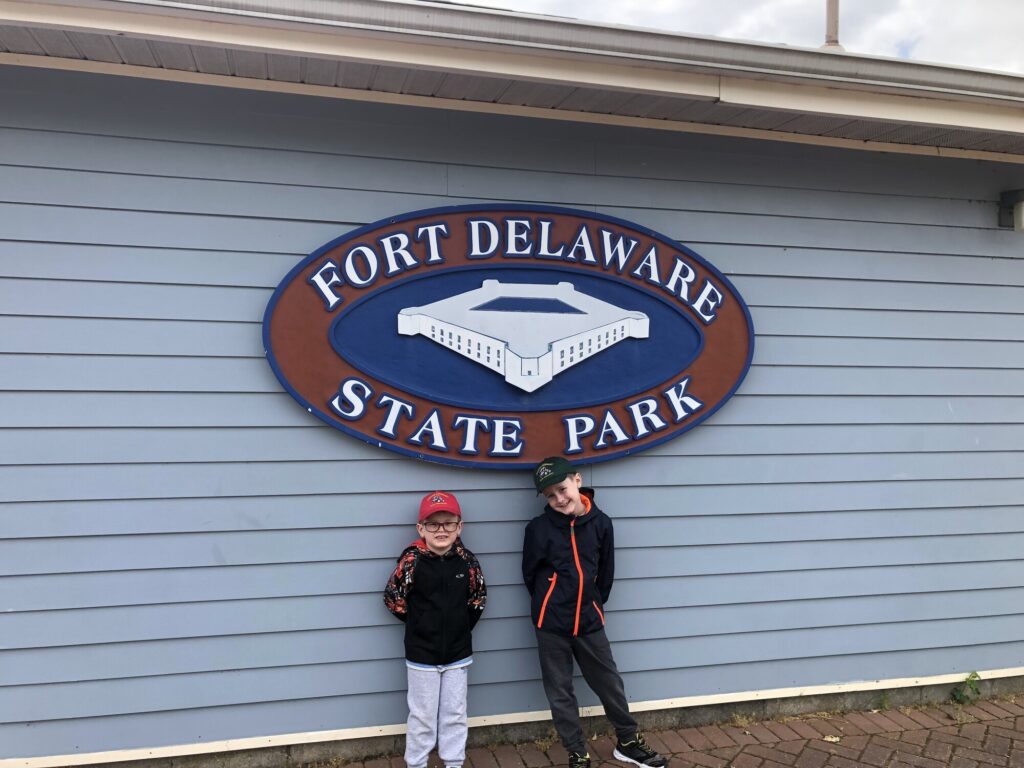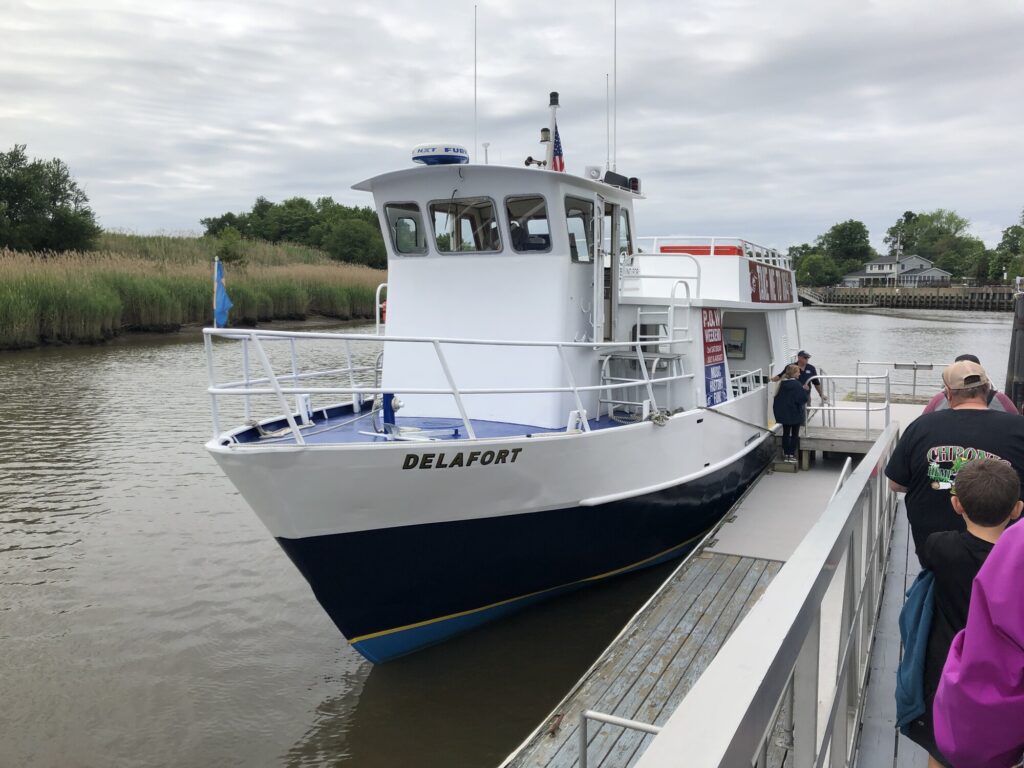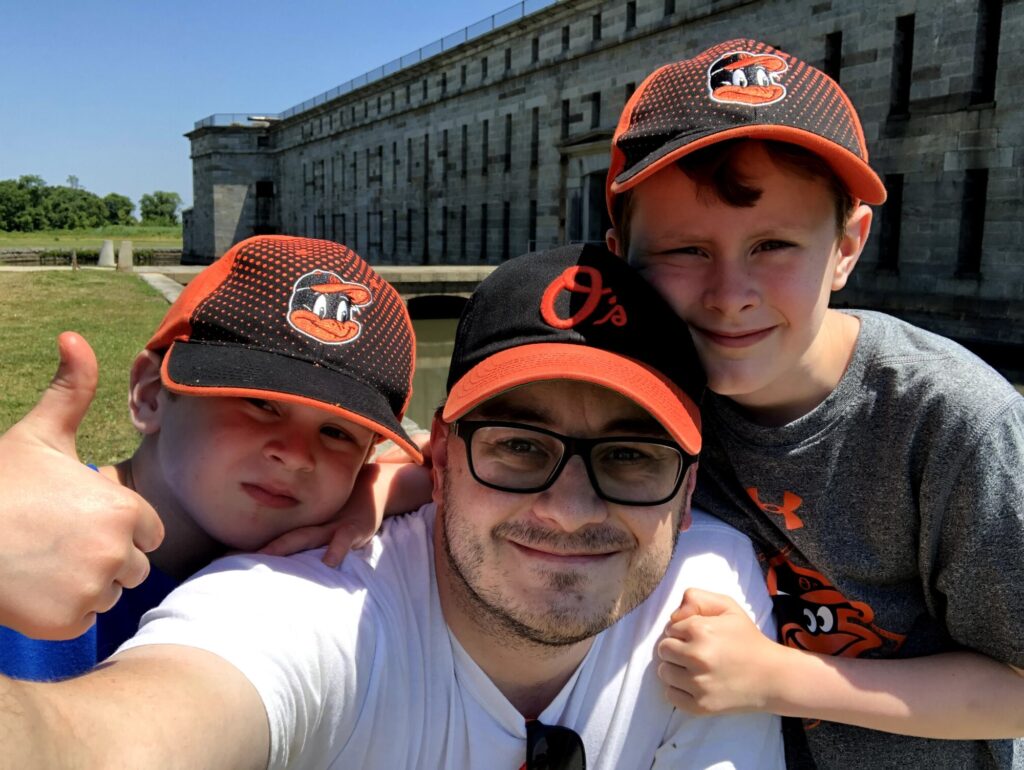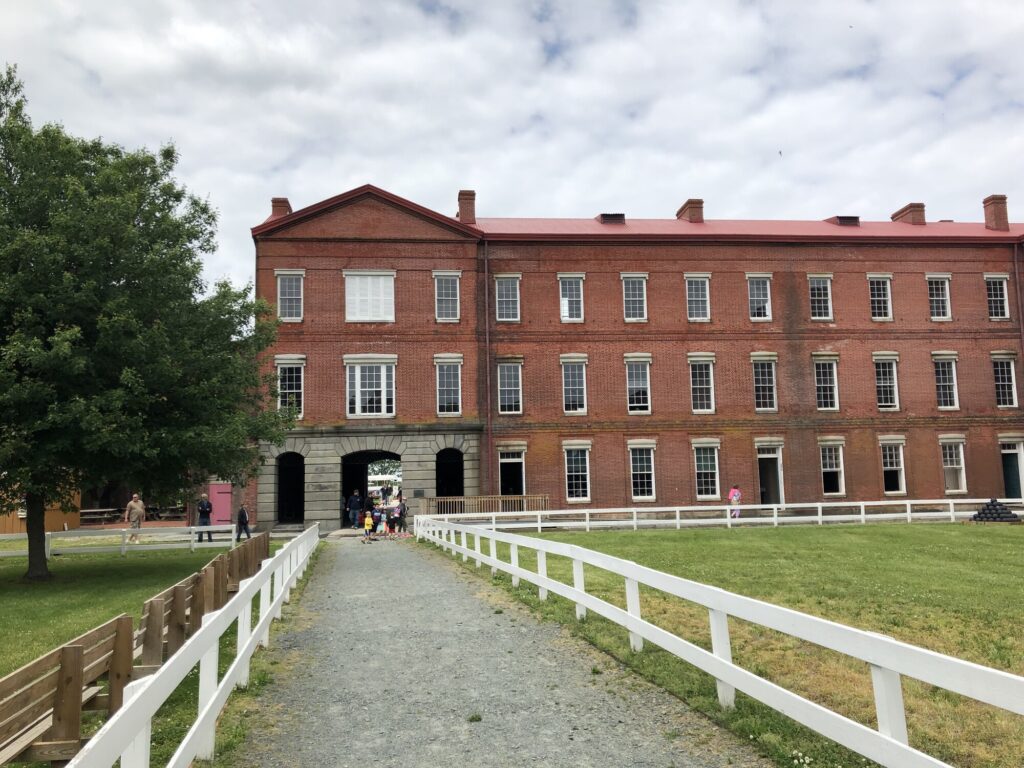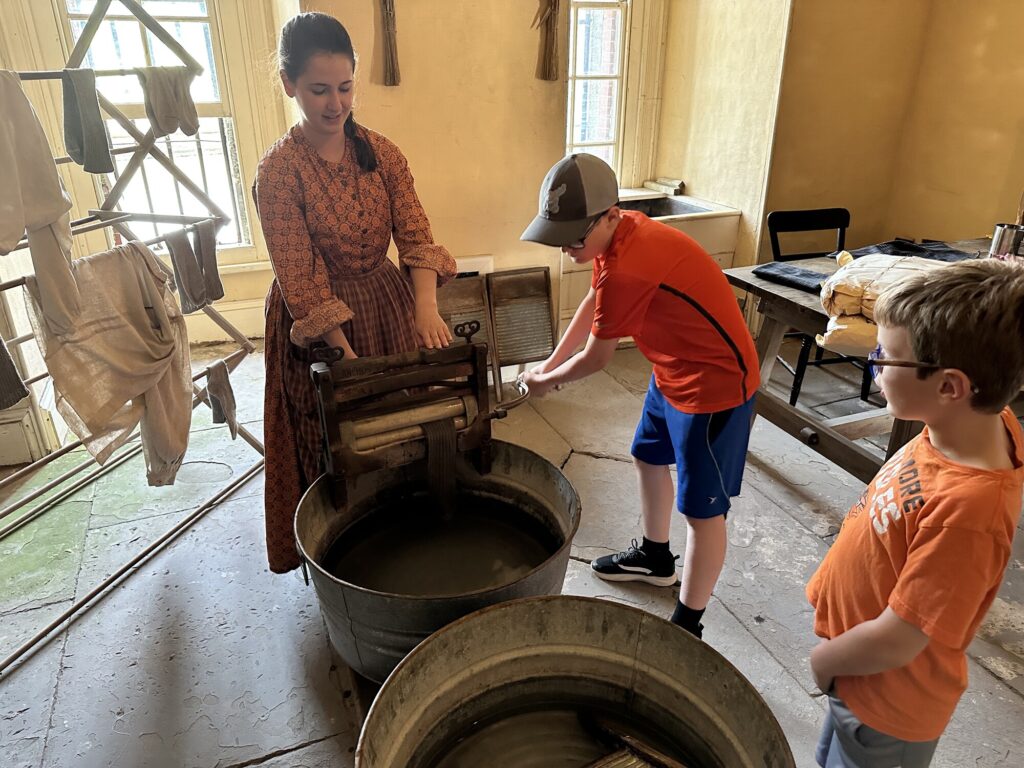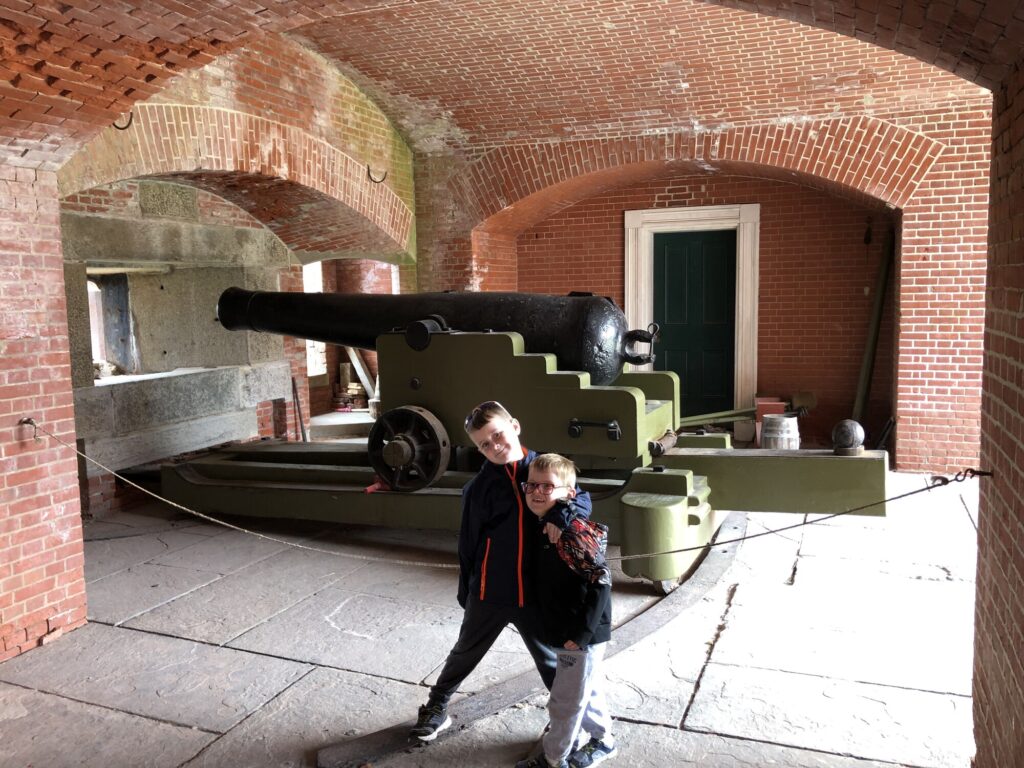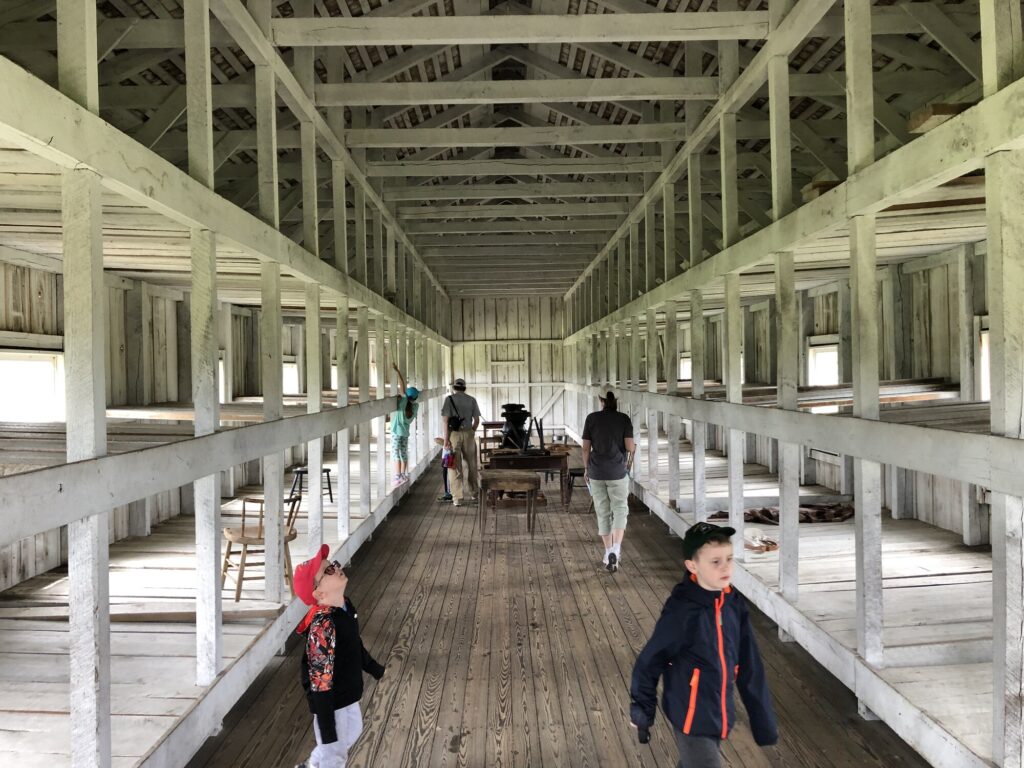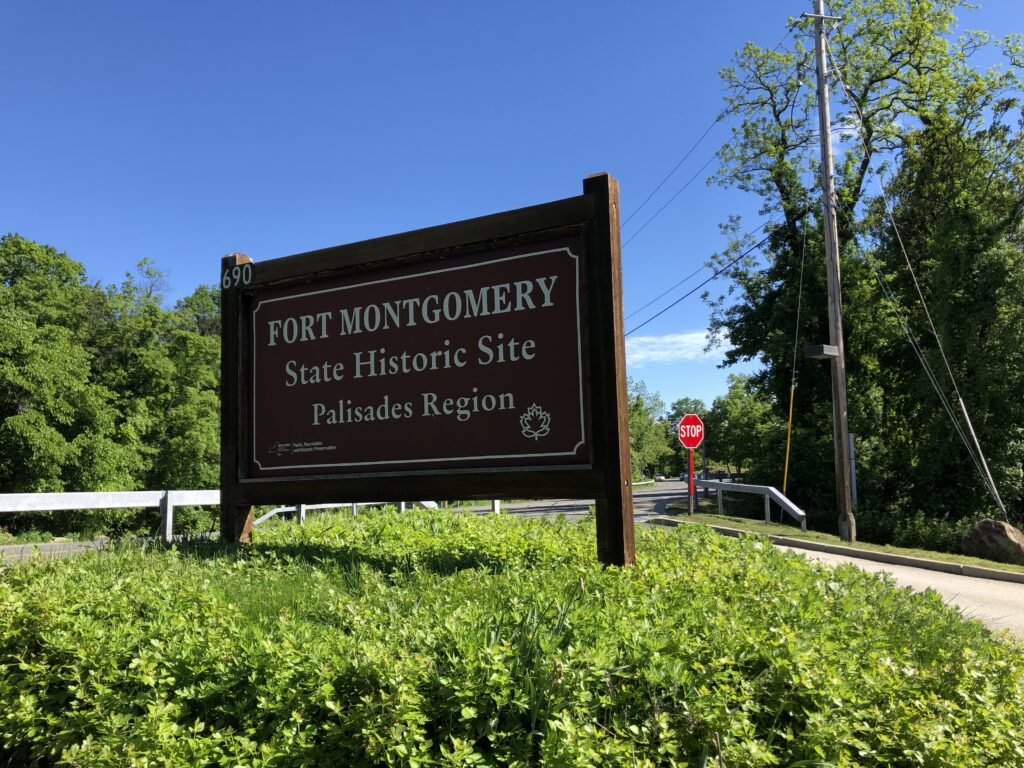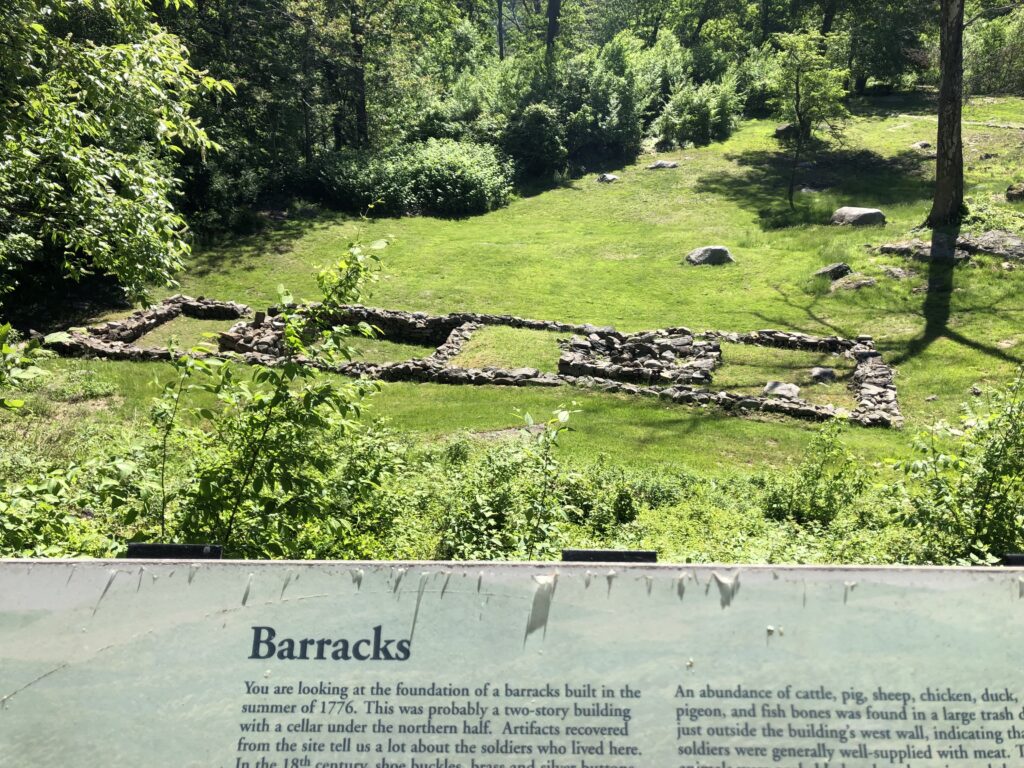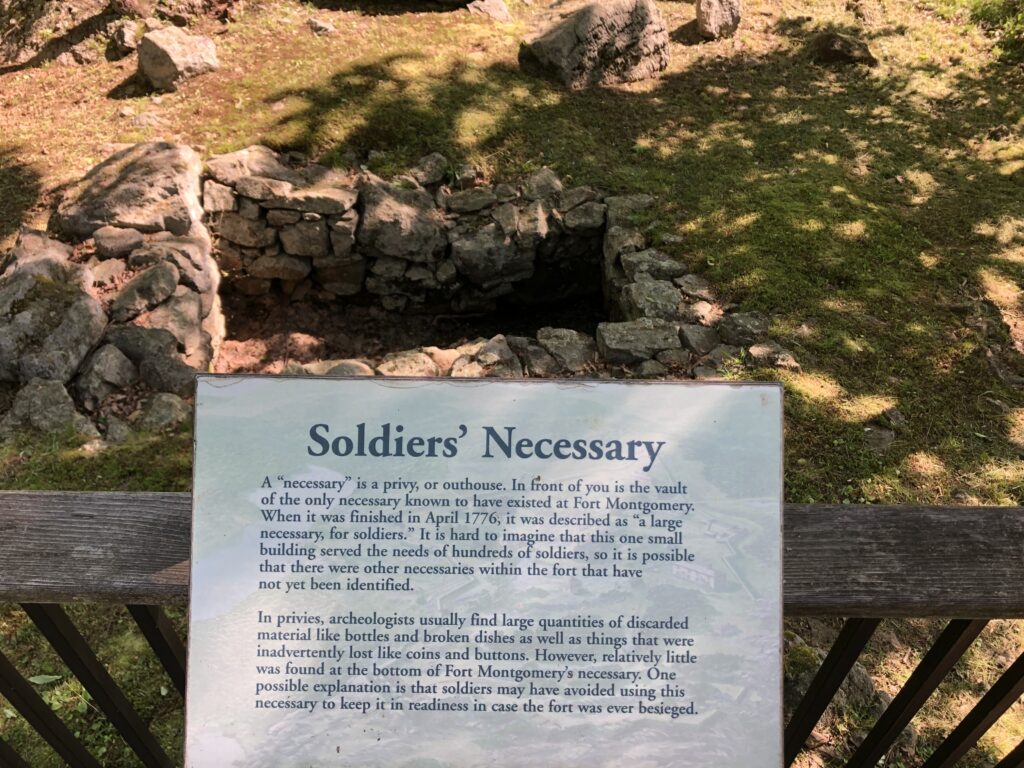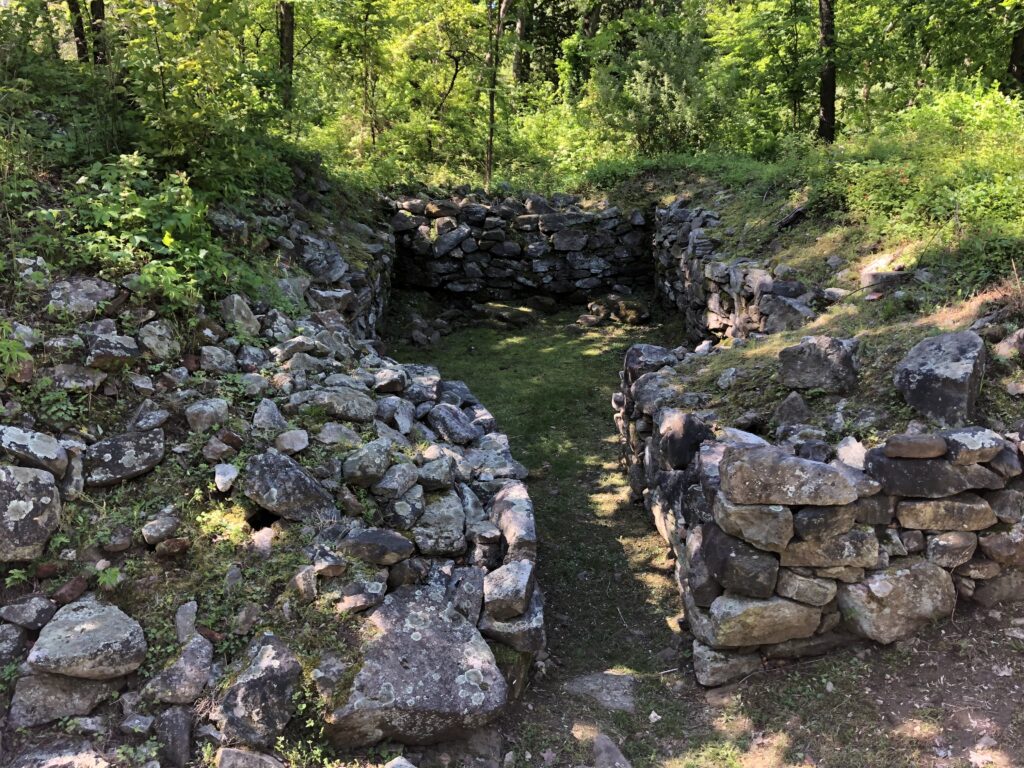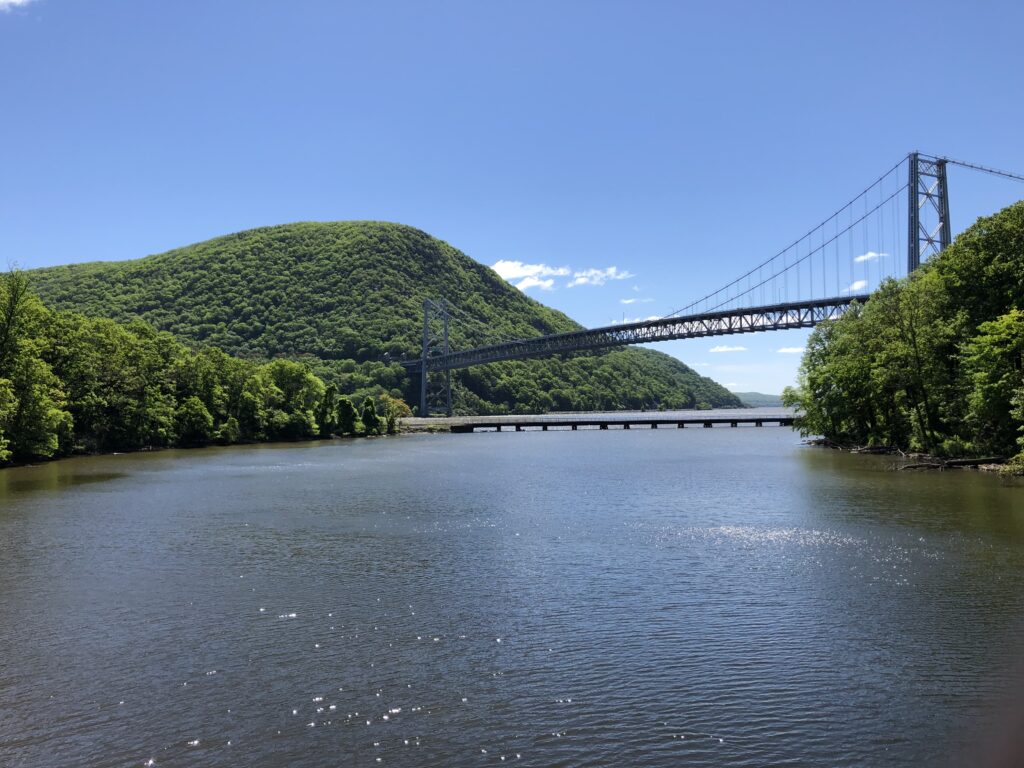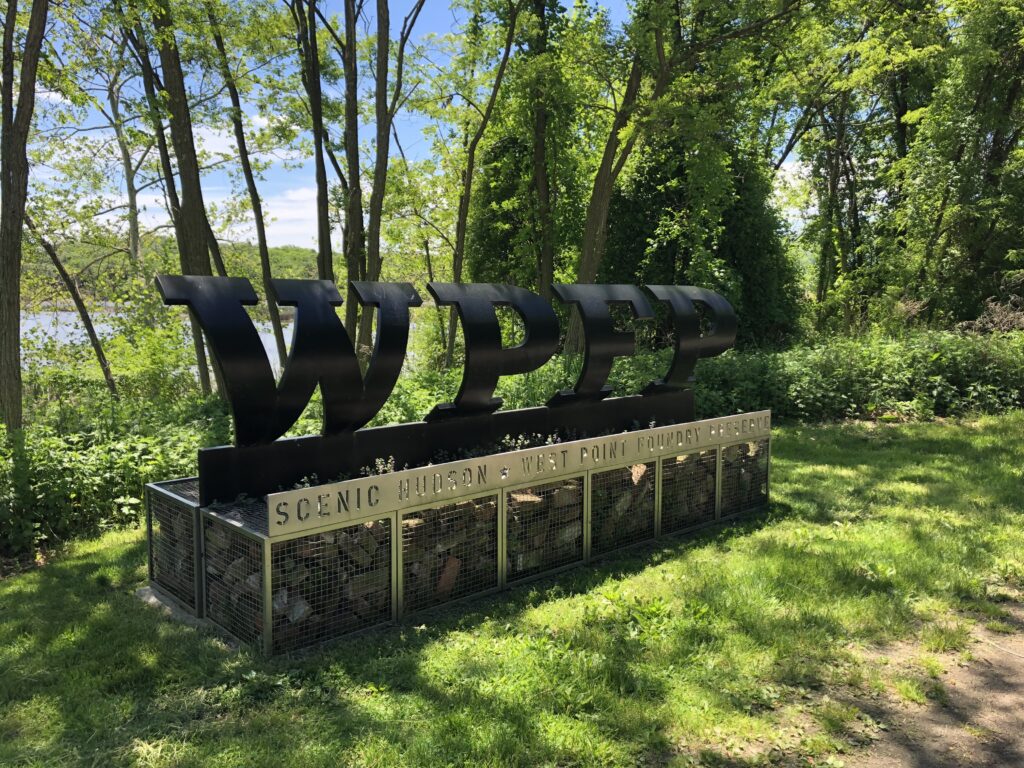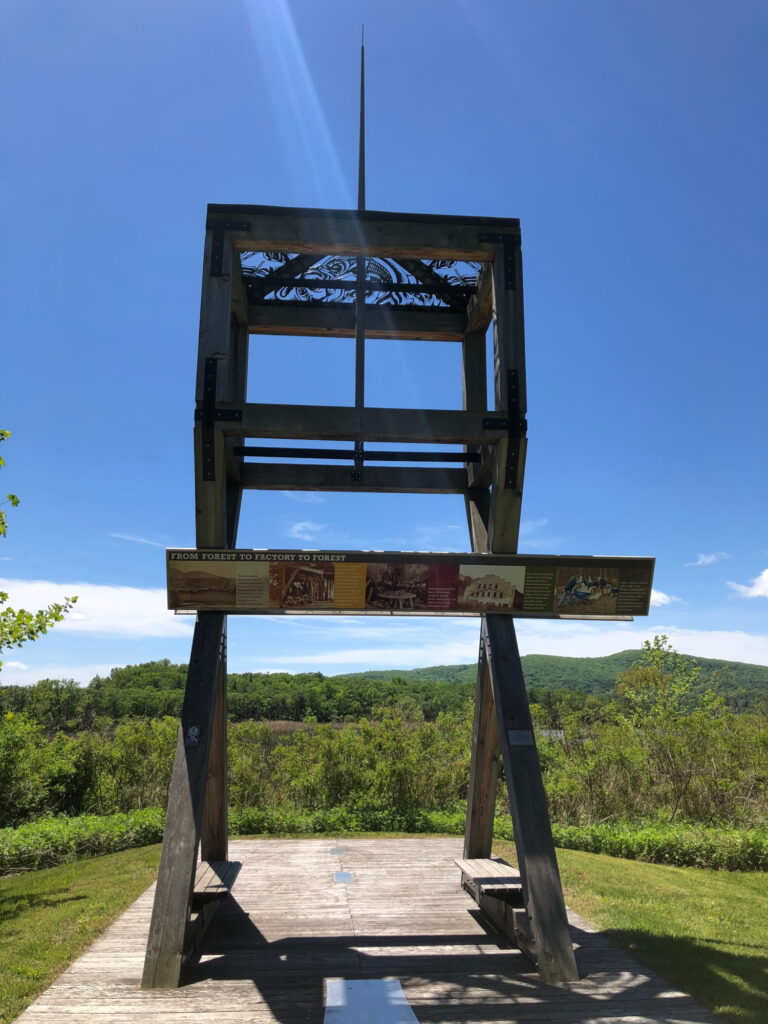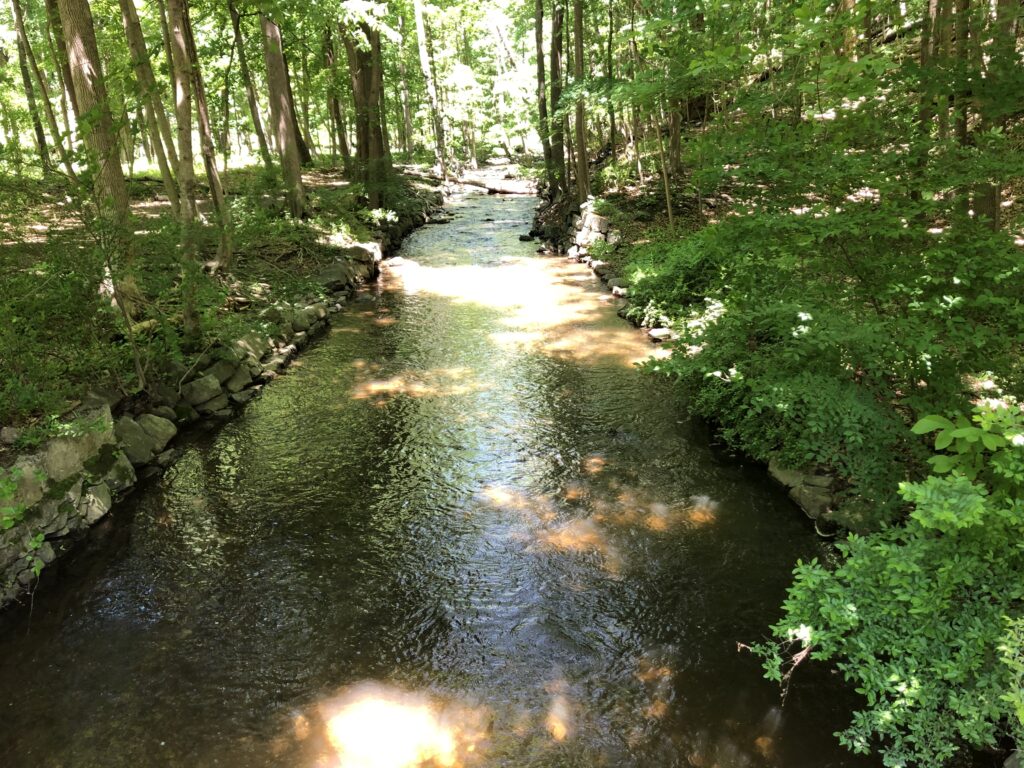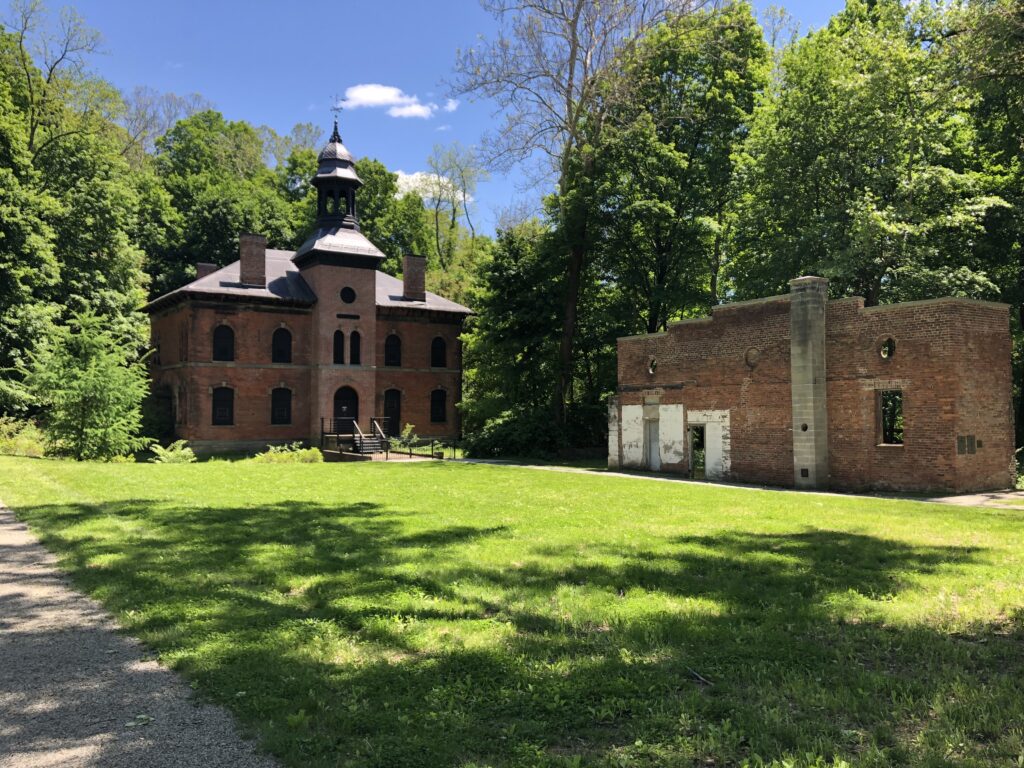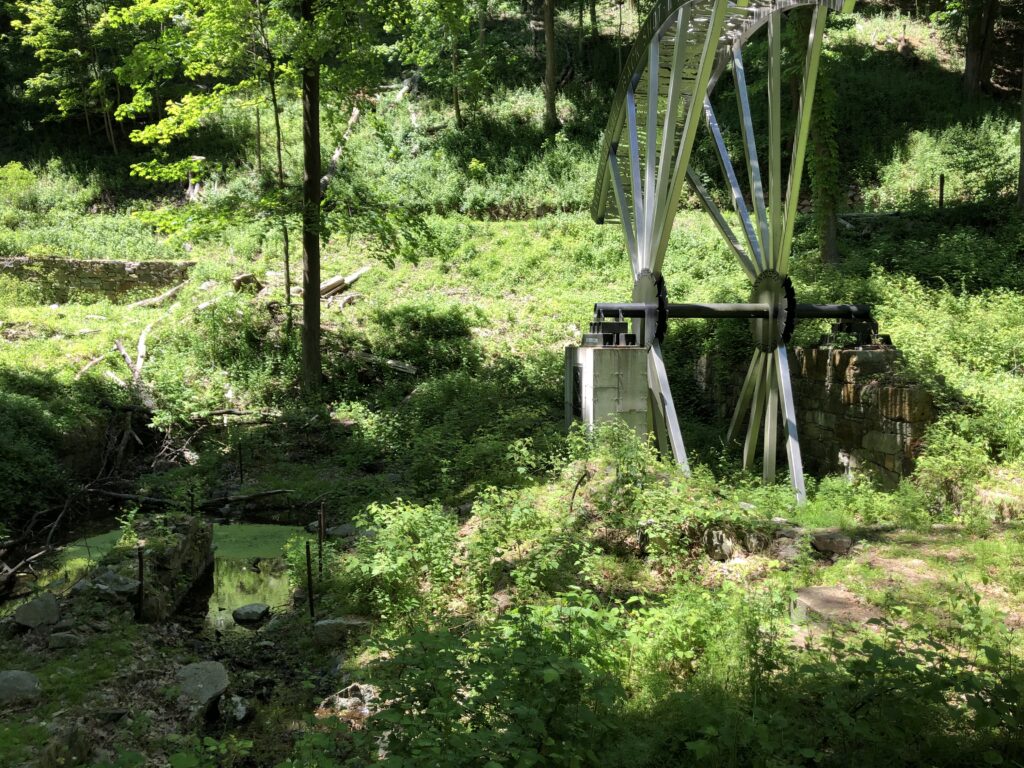Battlefield Visits: Road Trip to Chattanooga, Part 4: Kennesaw Mountain and Beyond
From my travels, May 29, 2019.
Once again, we were able to get going from Chattanooga pretty early in the morning. I was really looking forward to finishing off the Atlanta area battlefields, and was pretty sure we were going to be able to do it. The universe had other plans.
Battle of Kennesaw Mountain – Civil War Battlefield #120
We were able to arrive at the NPS site for the Battle of Kennesaw Mountain by about 10am. It was a Wednesday morning. The parking lot was absolutely PACKED. Was I here on the battle anniversary or something? No that wasn’t until June 27th – almost a month away. What was going on?
My nephew and I got parked in a massive overflow lot about a half-mile away. Even that was filling up fast. What is the deal here? Either way, we were all set to start our visit by checking out the museum in the visitors center.
As we approached the building, I noticed that they had posted hours: they opened at 9am, but there is a separate vestibule with restrooms that opens at 7:30am. That seems a little odd. When we got into the main information desk, I asked the ranger about it. As it turns out – or so he told me – Kennesaw Mountain gets more visitation than ANY other NPS Civil War battlefield. This is because it is set right in the midst of the Atlanta suburbs, and is overwhelmingly used by joggers who like to run up the mountain. I would come to find out just how many in a little while.
The museum was pretty good. Being the only NPS site along the Atlanta Campaign, they tell the story of the whole campaign here – not just Kennesaw Mountain’s part. After checking out all the exhibits, we made the hike back to the car to begin the auto tour. Stop 1 was the top of Kennesaw Mountain itself.
There’s a two lane road up the mountain, but it was absolutely choked with joggers – most of whom did not want to move to the side of the road, and several of whom gave me irritated looks as I drove past them – as if I was using the park the wrong way or something. It is the most bizarre experience I have ever had on a battlefield. At the top, we parked and walked a trail along the ridge. There are a few artillery pieces up there, and one can see the skyline of downtown Atlanta if it’s a clear enough day – it was for us.
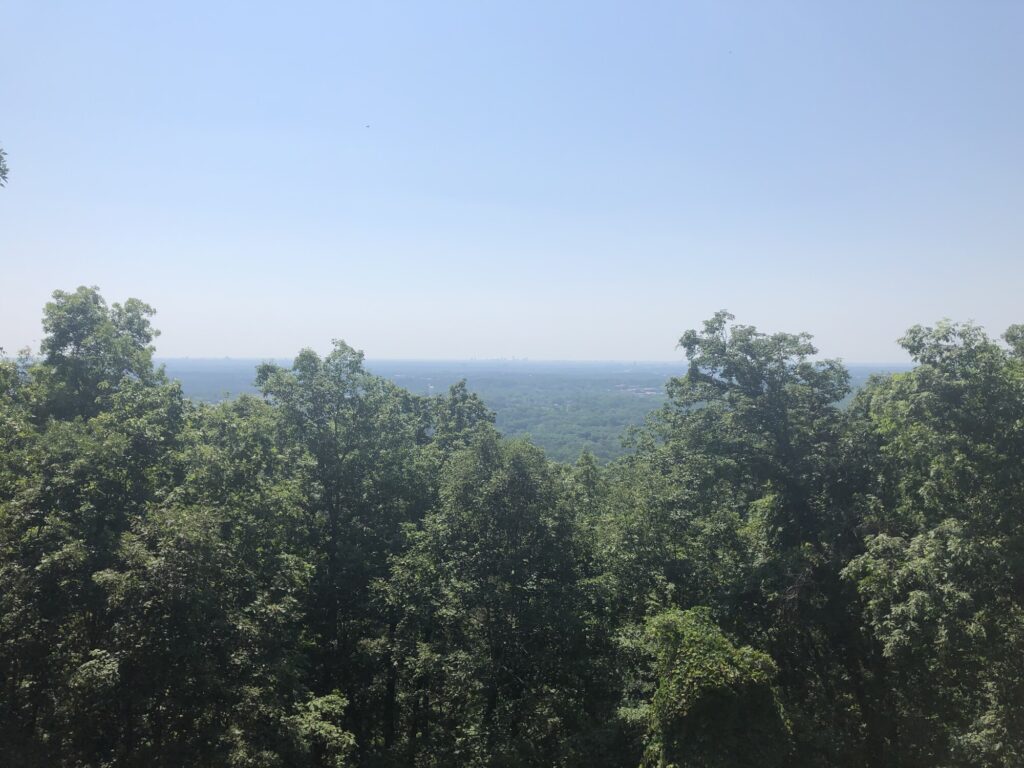
We had to fight our way back down the mountain with the joggers, but once we moved on to the second stop and beyond, we barely saw another soul on the battlefield. I suppose it is nice that people visit, but it really seems to me like the vast majority of them are missing the point of the place.
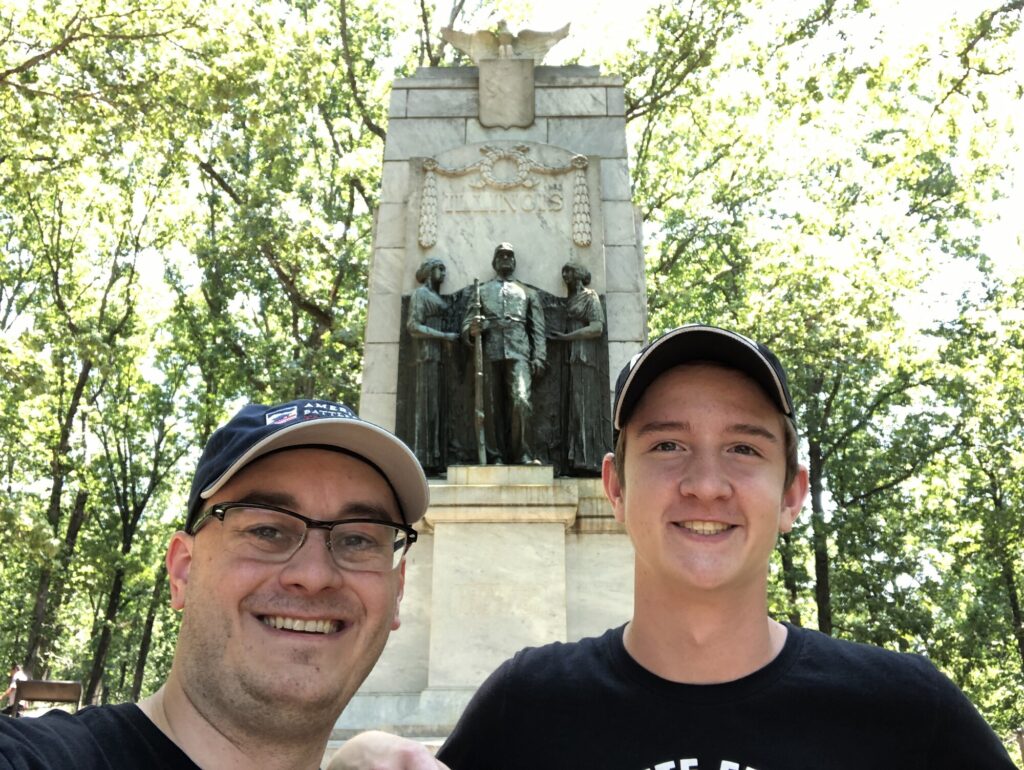
And part of me feels like the NPS has largely caved to that user base here. It certainly could be that the visit started with a bad experience and that colored the rest of it for me, but I honestly found the auto tour to be somewhat hard to follow, and the stops to be not well-interpreted. The one exception was the Illinois Monument, which we hiked to along the route of the Union attack. That was a really nice moment. Apart from the initial stops, the place is oddly peaceful. It’s one of the strangest battlefields I’ve visited so far.
Battle of Kolb’s Farm – Civil War Battlefield #121
While the CWSAC considers the Battle of Kolb’s Farm to be a separate action, the site is included as the final stop on the Kennesaw Mountain auto tour route.
There are a few markers here, and the field seems to be mostly intact – though the modern road intersections are larger than they were in 1864. Sadly, the disappointment continued, as one of the NPS waysides here had Brig. Gen. John White Geary’s name misspelled on a battle map as “Greary”. It was fitting, I suppose.
Atlanta History Center
It was time to finally head into Atlanta. I had been looking forward to seeing the newly-restored Atlanta Cyclorama at the Atlanta History Center ever since I heard about it online. I’ve been to see the Gettysburg one several times, and being able to see the only other surviving cyclorama is pretty cool. The restoration looked great – complete with a diorama as it would have been presented back in the late 19th century.
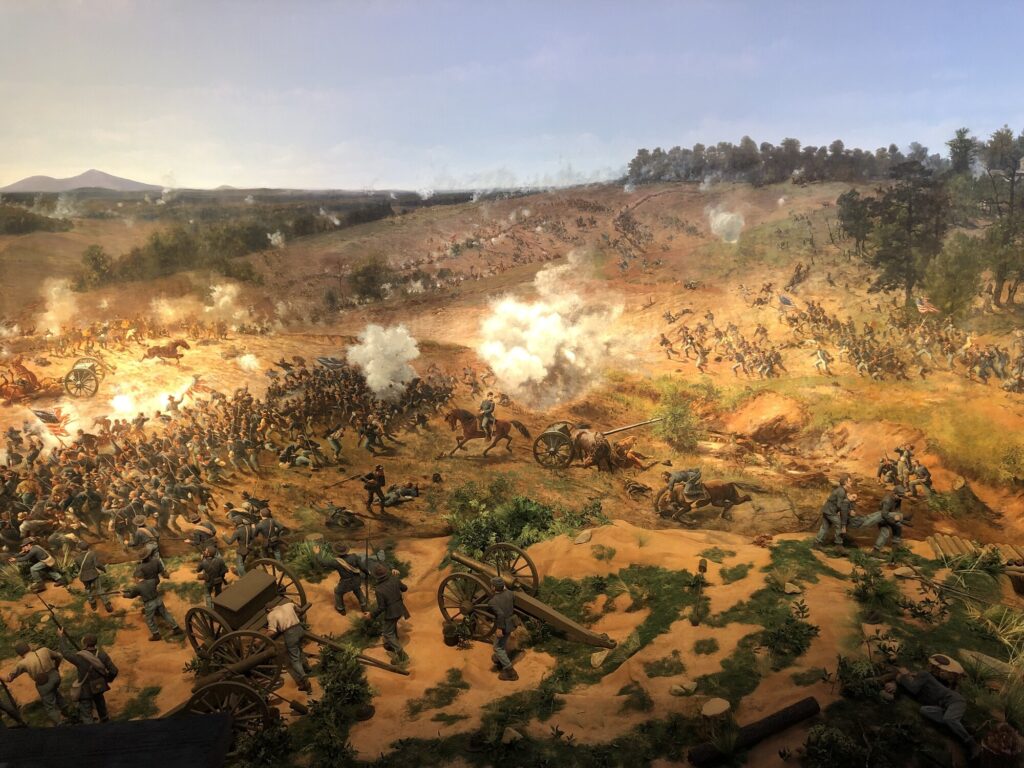
The rest of the museum was great as well. They have a Civil War section that contains some cool weapons, along with the coat that Maj. Gen. John B. Gordon wore at Appomattox. At the time, they also had a large exhibit about the history of BBQ, which I’m sure my now-wife would have loved.
Battle of Peachtree Creek – Civil War Battlefield #122
As I mentioned in previous entries, the battlefields in modern metro Atlanta are all obliterated now by the sprawl of neighborhoods radiating from the city. Only small parcels here and there exist to memorialize these actions. The Battle of Peachtree Creek is an excellent example of this.
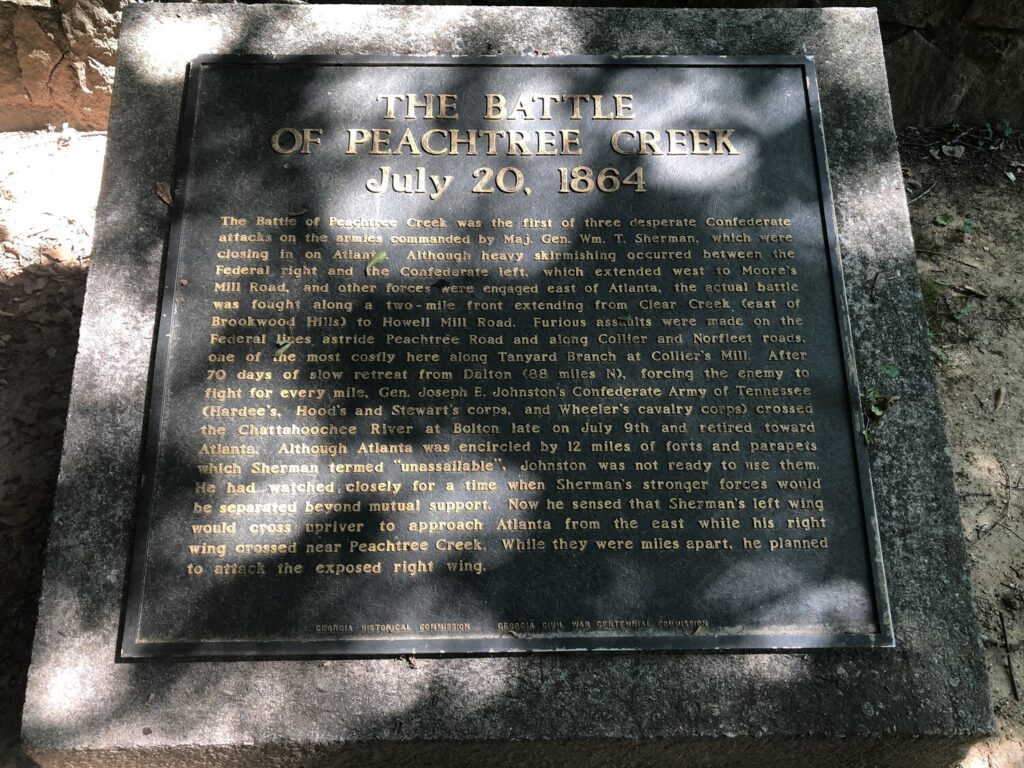
We visited Tanyard Creek Park, where a few markers exist in a variation of the “pocket park” from before. While the story is told on the tablets, the modern visitor simply can’t visualize what the fighting here was like. It’s a theme that will continue through the rest of our day.
That said, the park itself is lovely and peaceful with some trails. We walked down to Tanyard Creek and the rush of the water was calming. I’ve started to record the sound of the streams at all the battlefields that I visit, and I particularly enjoyed this one.
Battle of Utoy Creek – Civil War Battlefield #123
The landscape of the Battle of Utoy Creek is completely gone. We had no trouble finding the two markers that exist along Cascade Road, but they are entirely surrounded by neighborhoods that did not exist 150 years ago.
Battle of Ezra Church – Civil War Battlefield #124
The Battle of Ezra Church also has a small “pocket park” adjacent to the C.A. Scott Recreation Center, with several tablets attempting to explain the action to the modern visitor. Once again, though, nothing of the field remains as it was in 1864.
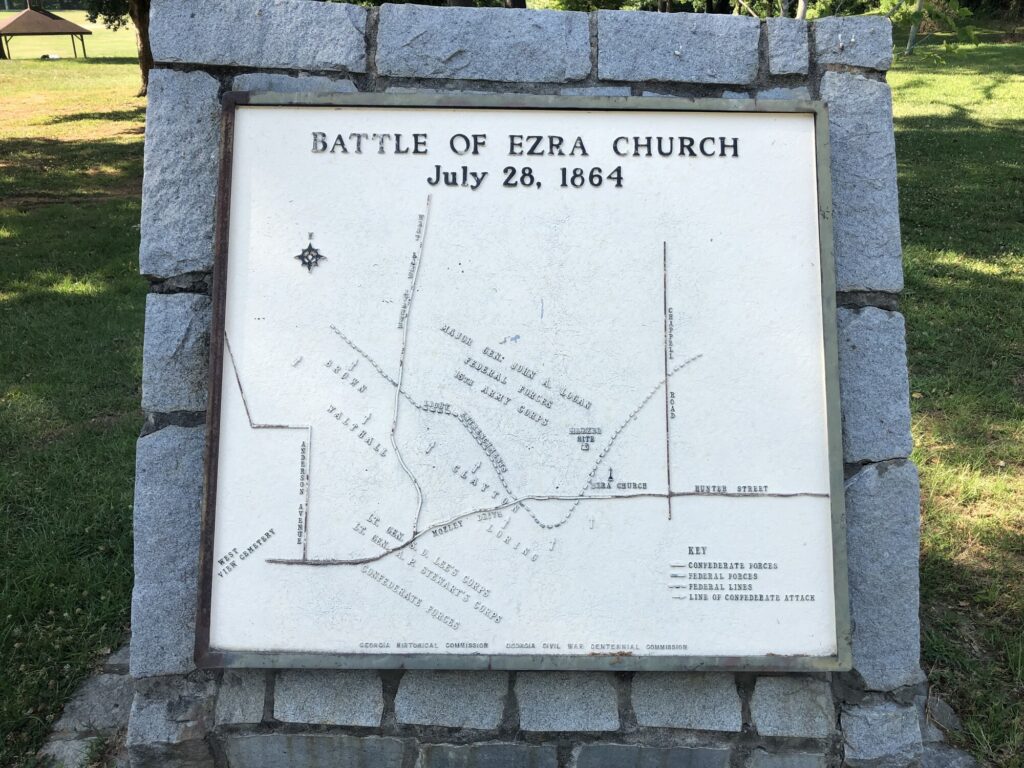
Battle of Atlanta – Civil War Battlefield #125
The action that the cyclorama was made to portray. And again, modern Atlanta has just wiped the field of the Battle of Atlanta right off the map. In addition to being packed with neighborhoods, modern I-20 bisects the battlefield and makes it impossible to visualize.
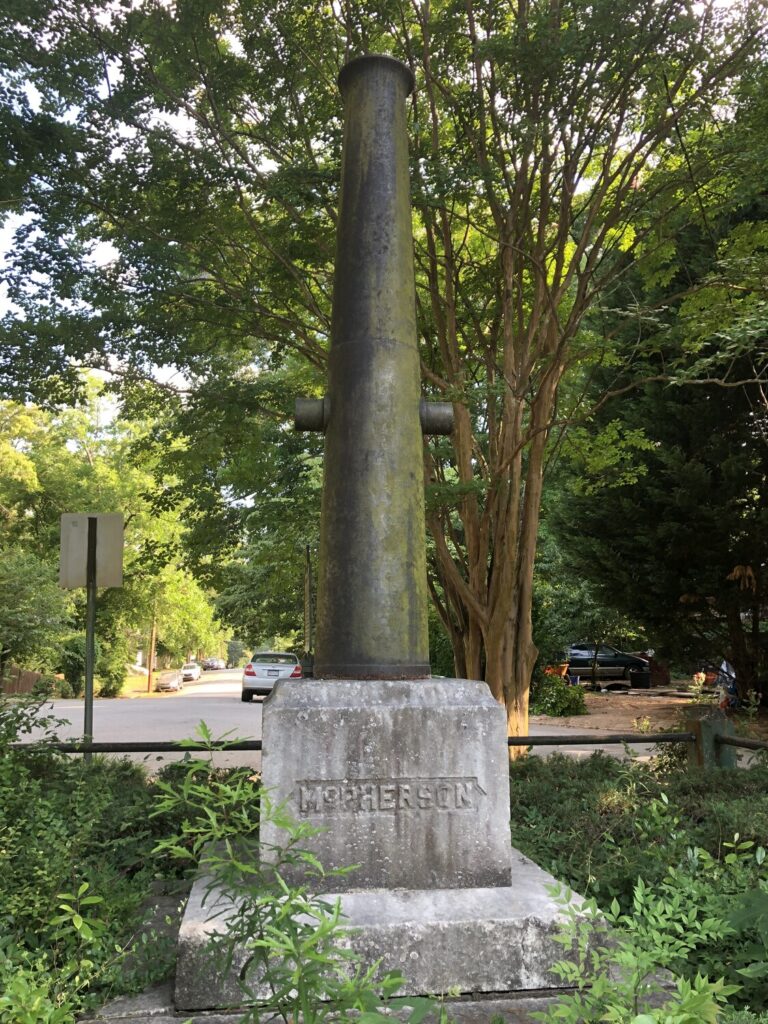
I visited the intersection of McPherson Ave. and Monument Ave. to see the monument to the death of Maj. Gen. James Birdseye McPherson.
Just For Fun…
As we were driving down toward the Atlanta History Center, we passed by what was at that time Sun Trust Park – now Truist Park – where the Atlanta Braves play. I had never been to any MLB stadium outside of my beloved Baltimore Orioles, nor had my nephew. On a whim, I checked whether they were in town, and when I saw that they were scheduled to play the rival Washington Nationals that night, I made the rather spontaneous decision to buy a couple of tickets.
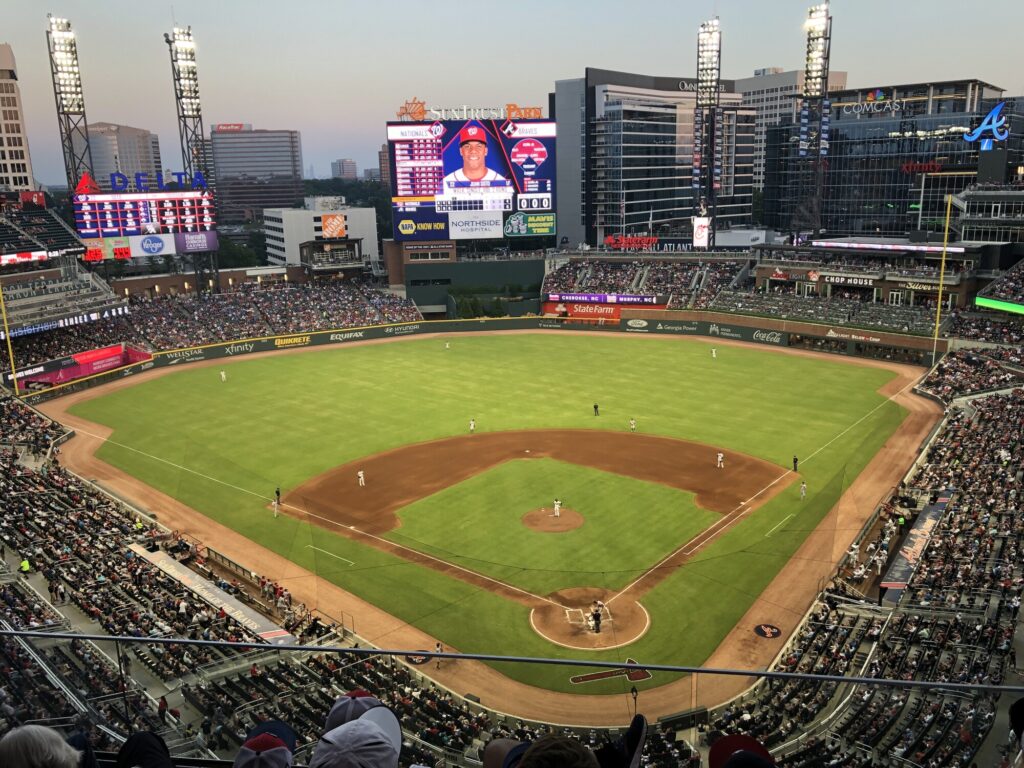
We had a great time! And with former Orioles Kevin Gausman pitching, and Nick Markakis in left field for the Braves, it was almost like seeing my guys. Sadly, the home team was thrashed that night, 14-4.
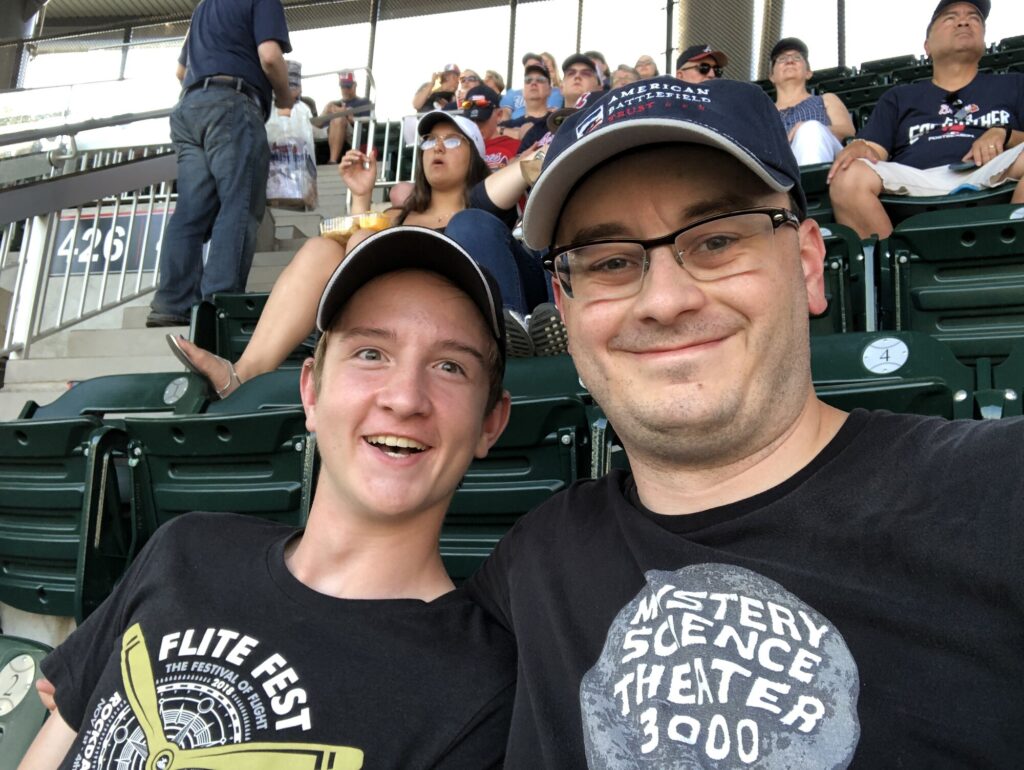
After the game, we made the drive back to Chattanooga. There was one more day in town for me to revisit an old favorite, and see a couple of new places, too.
